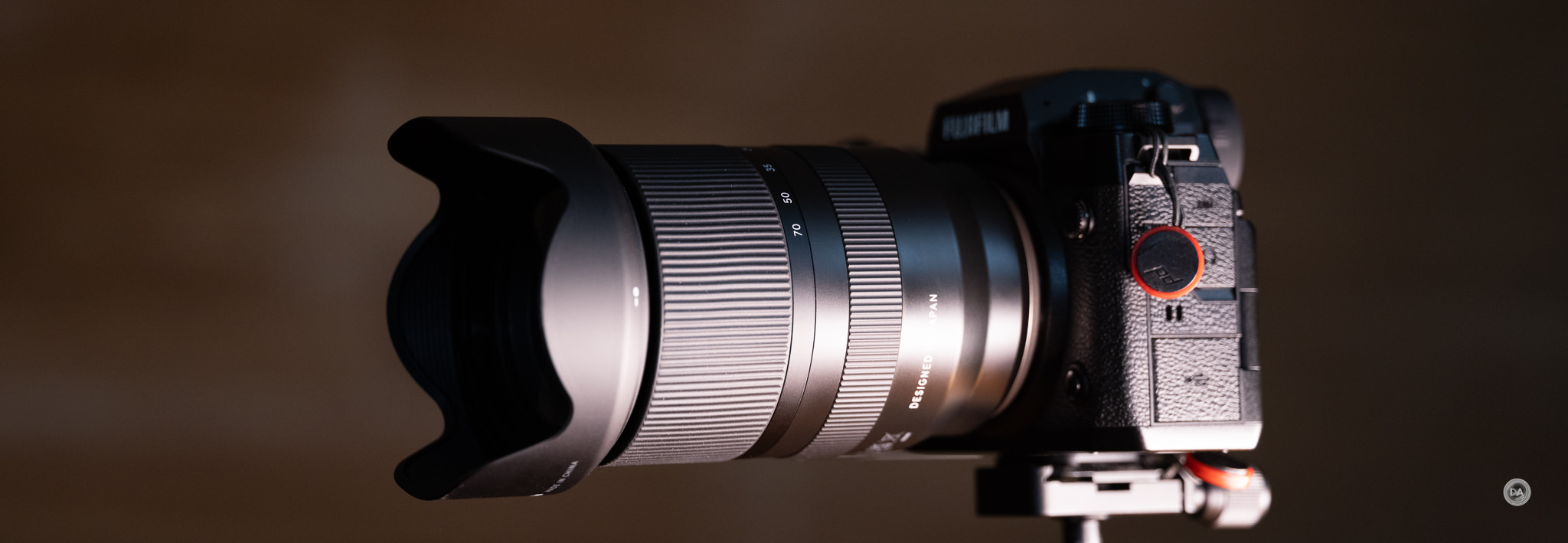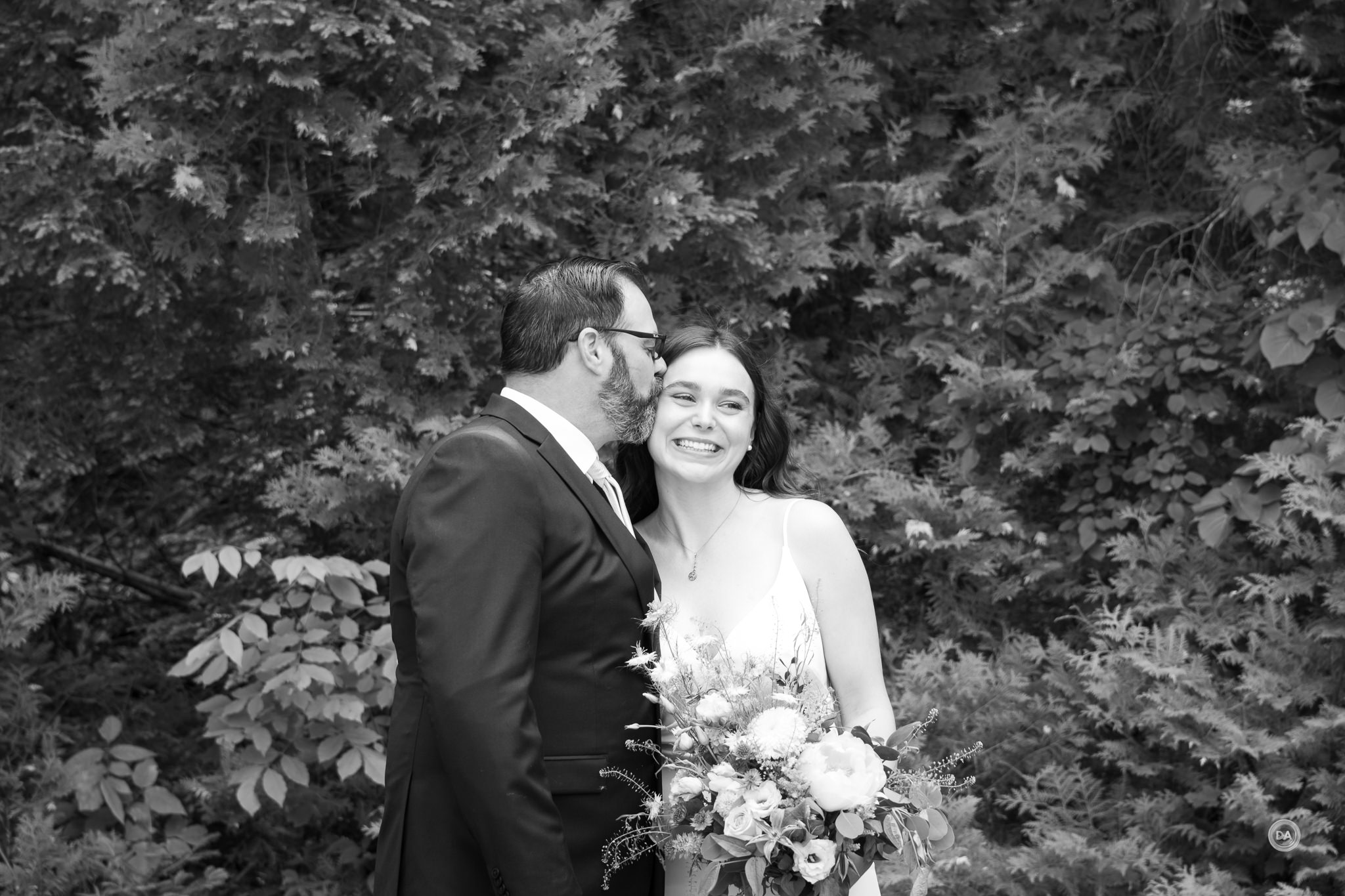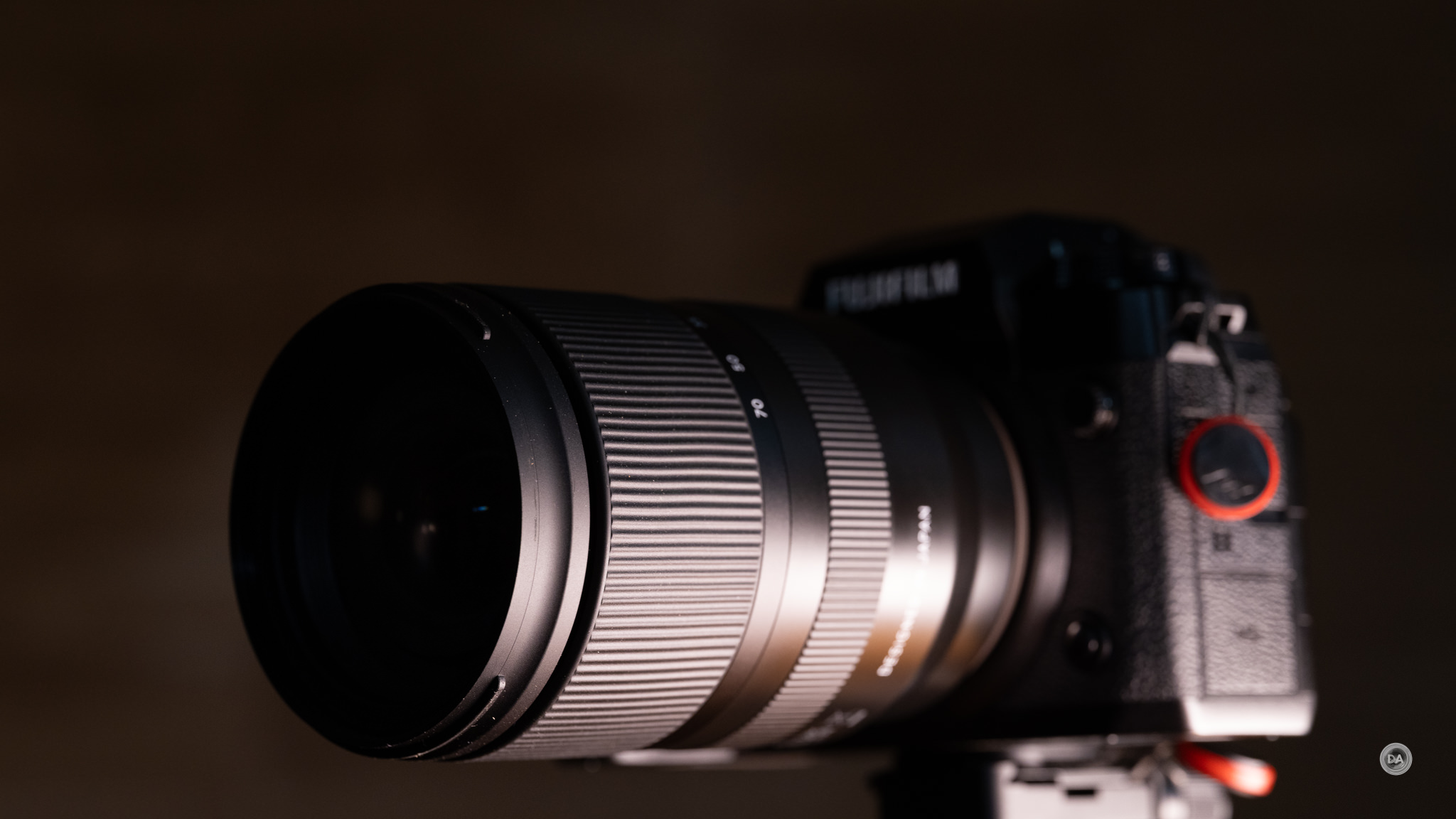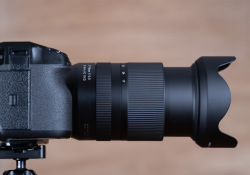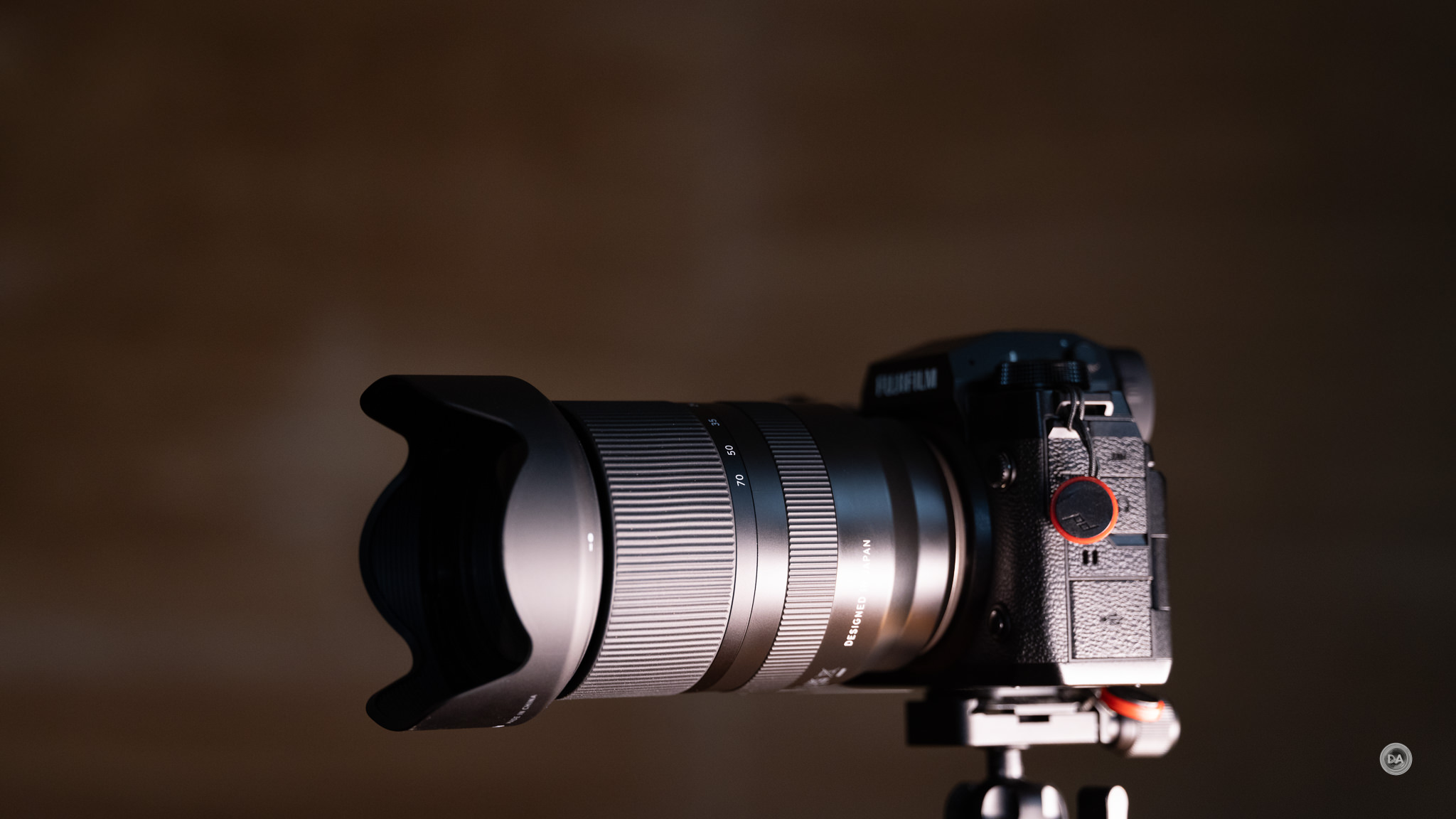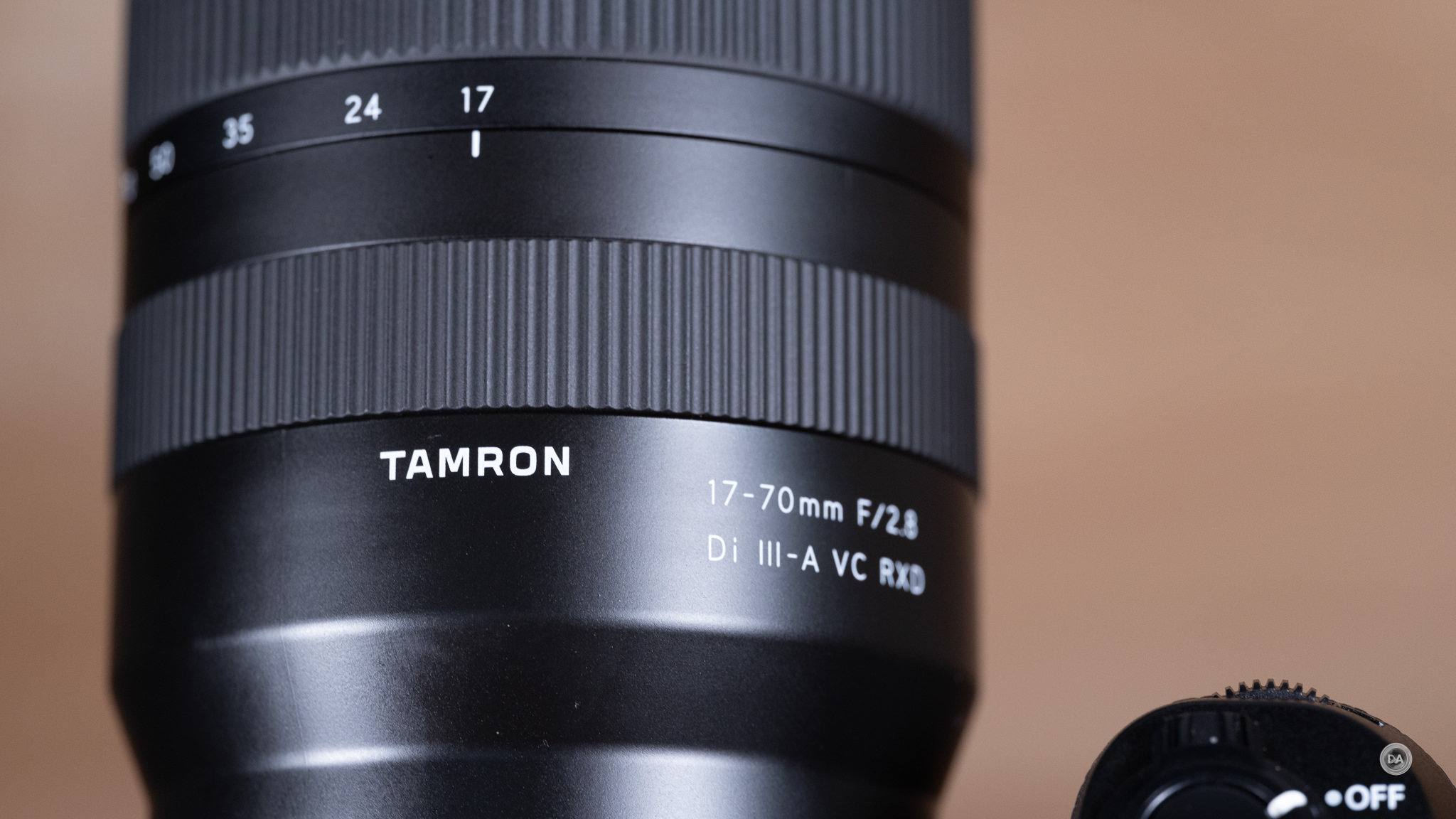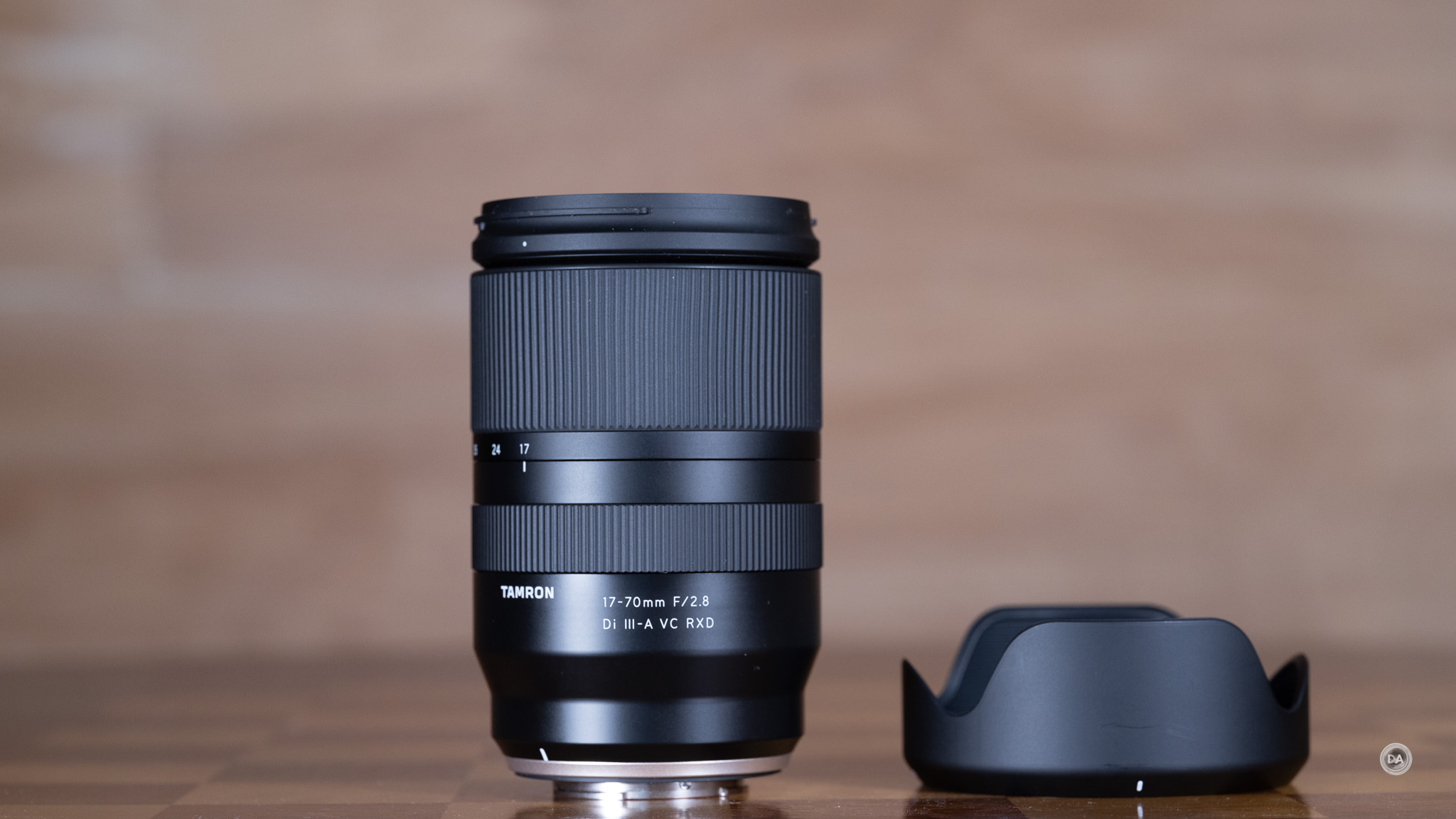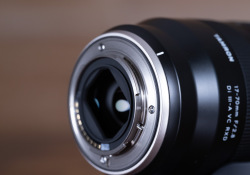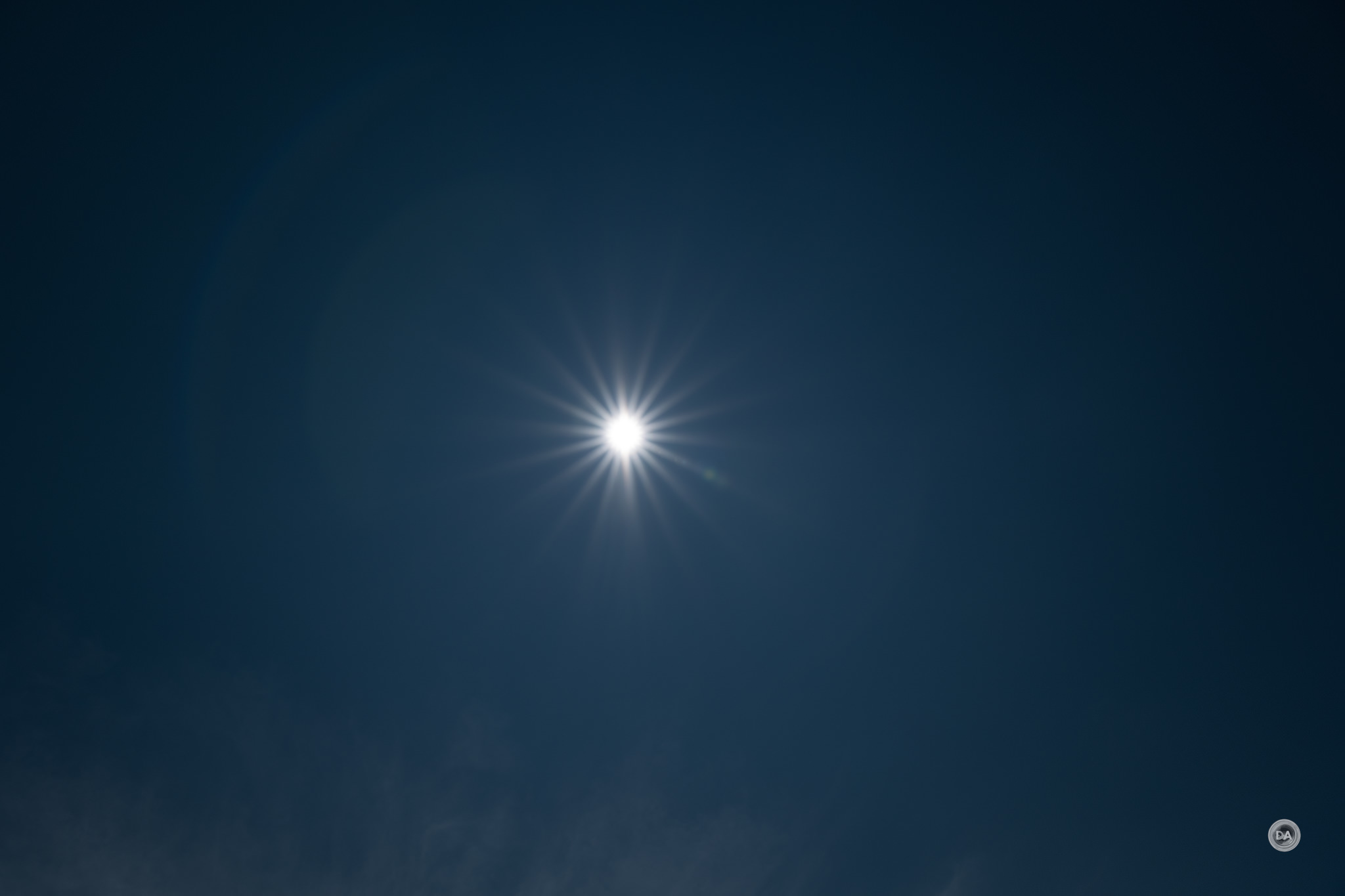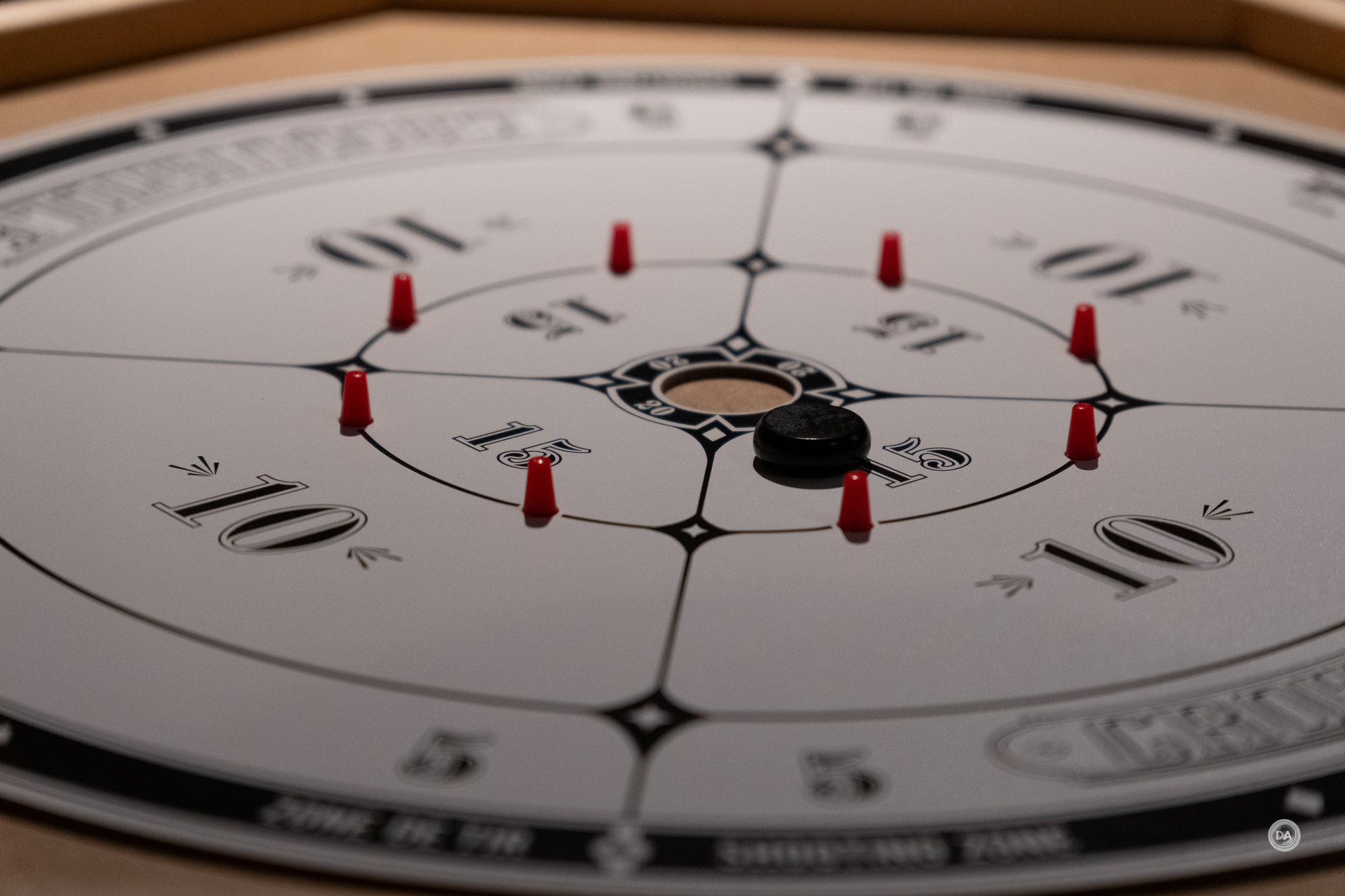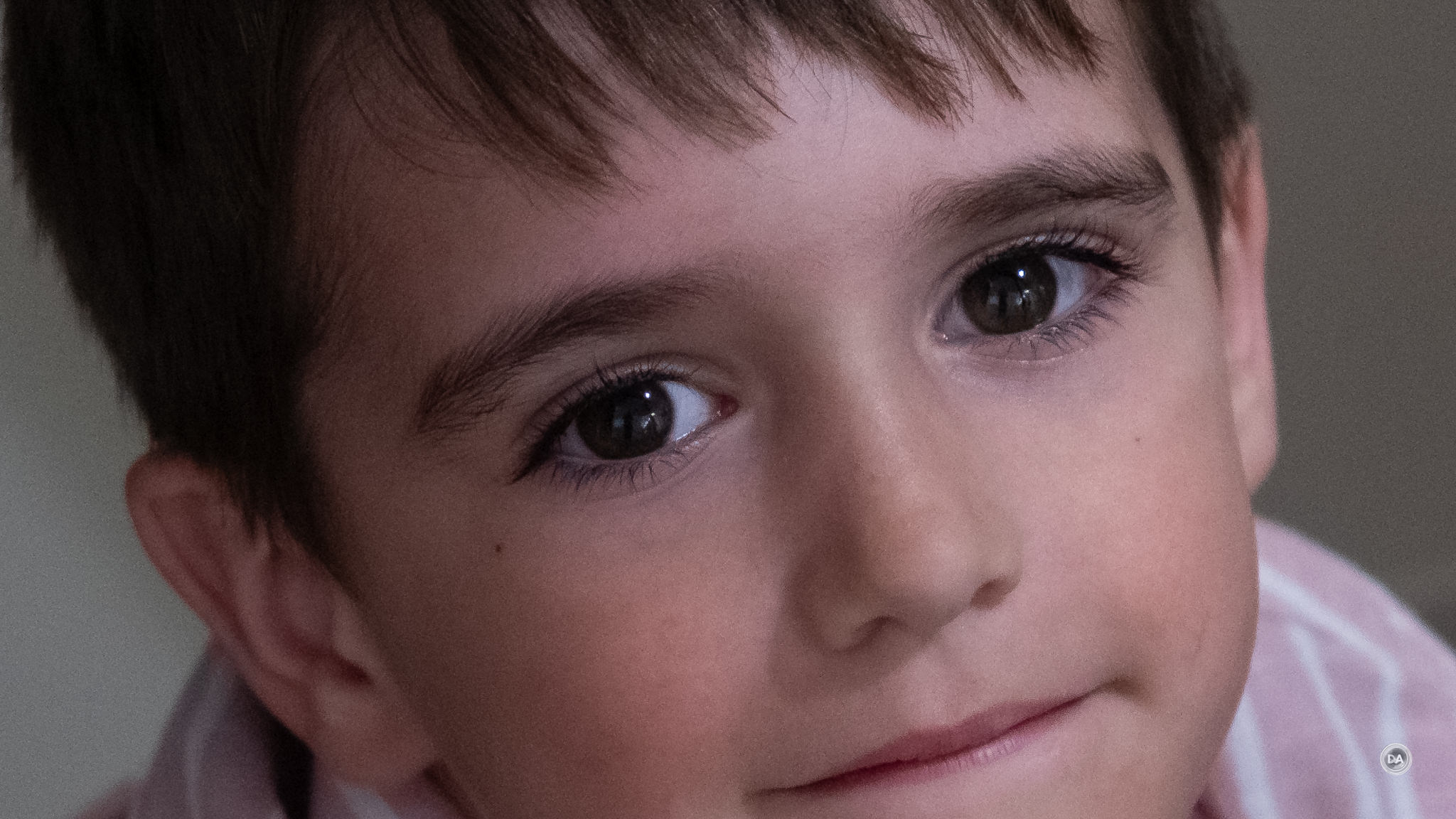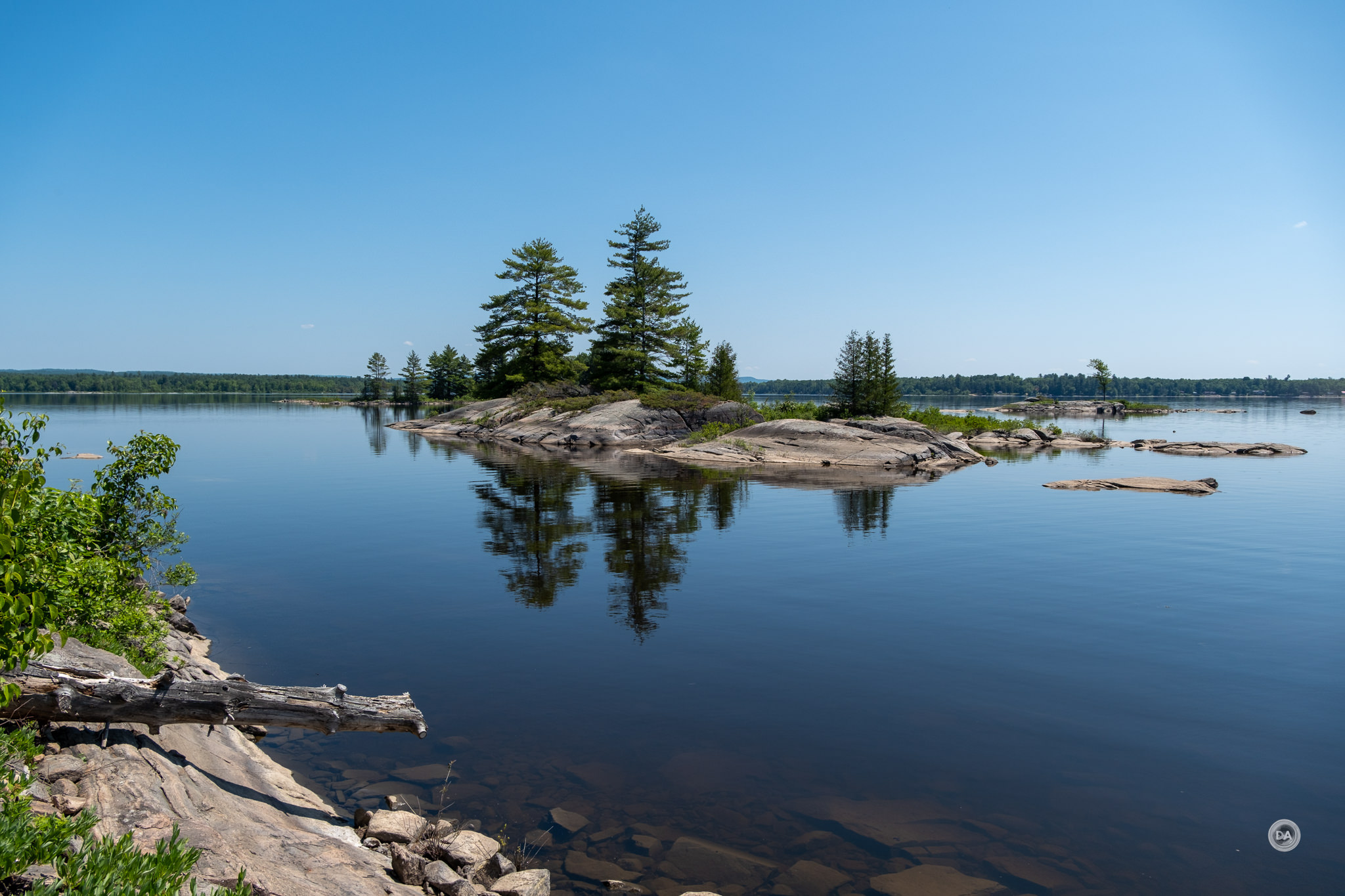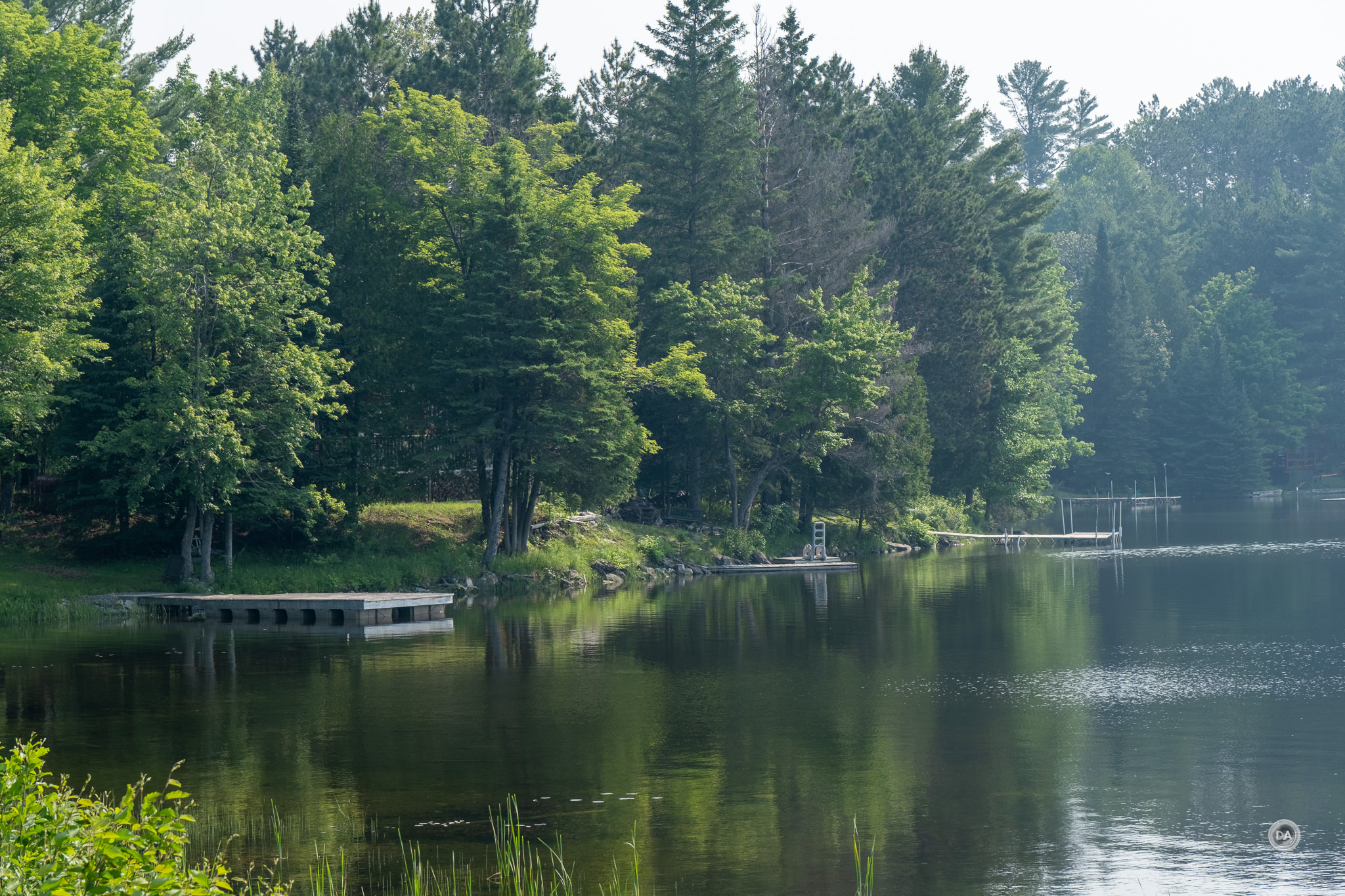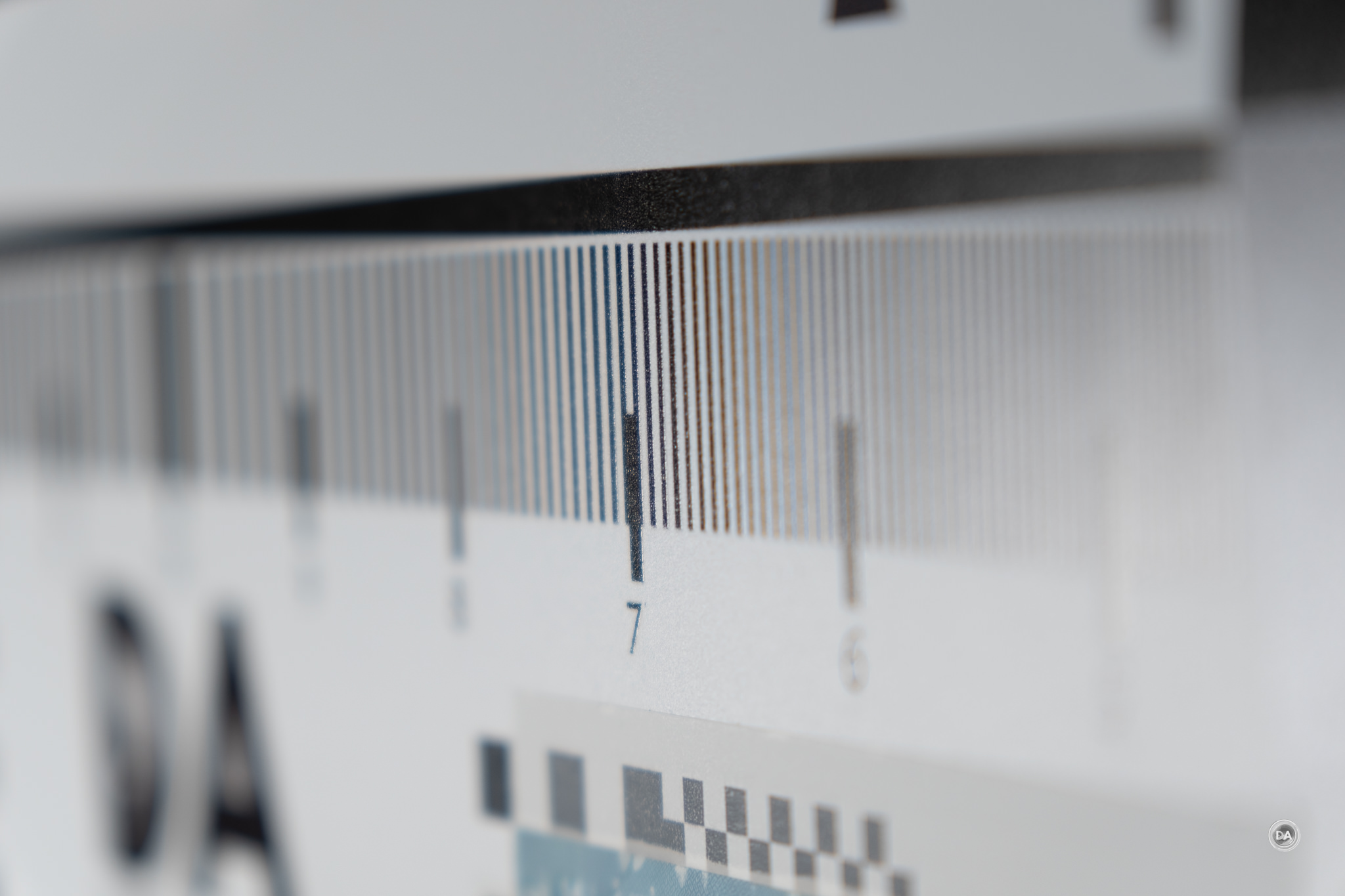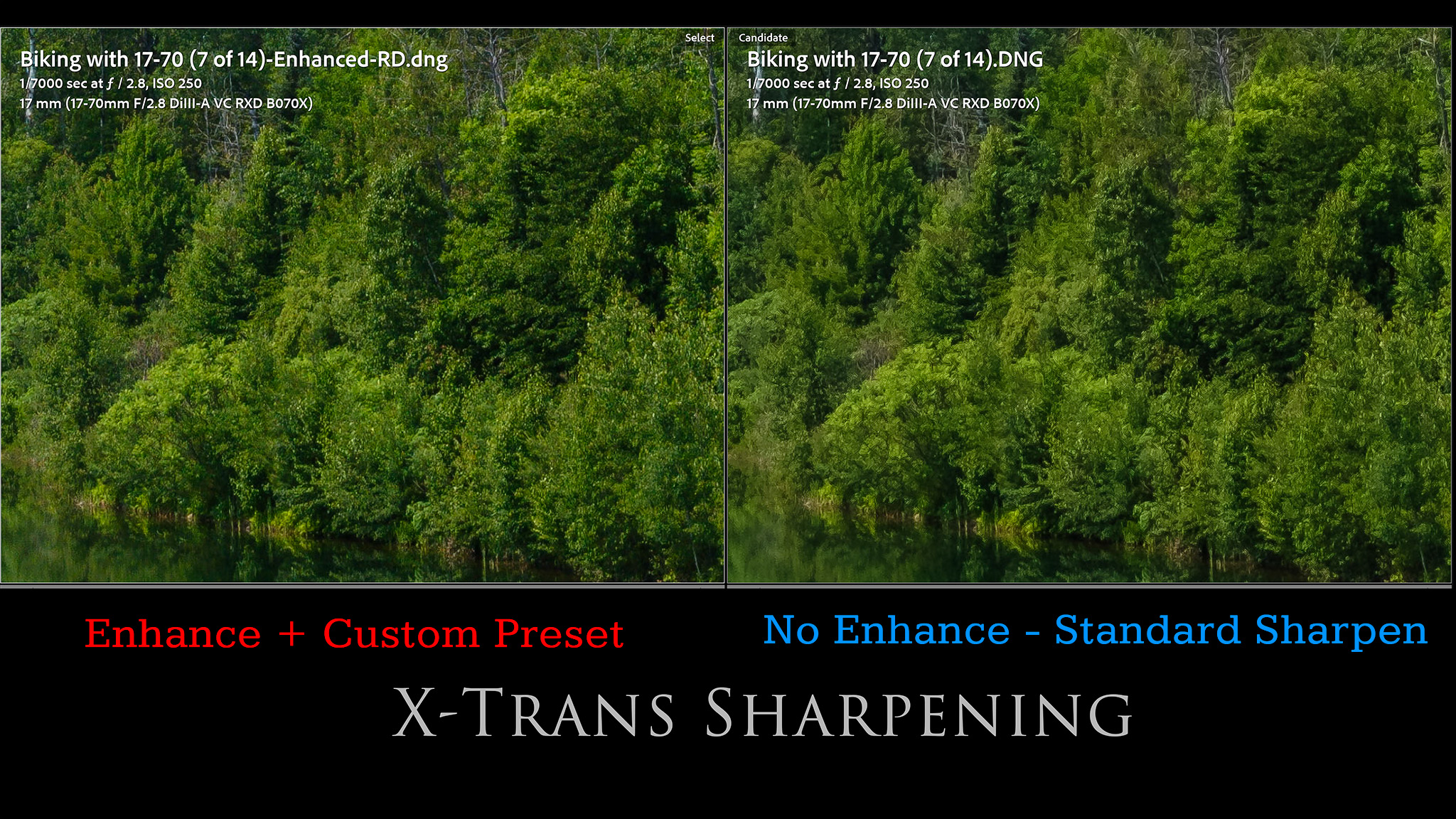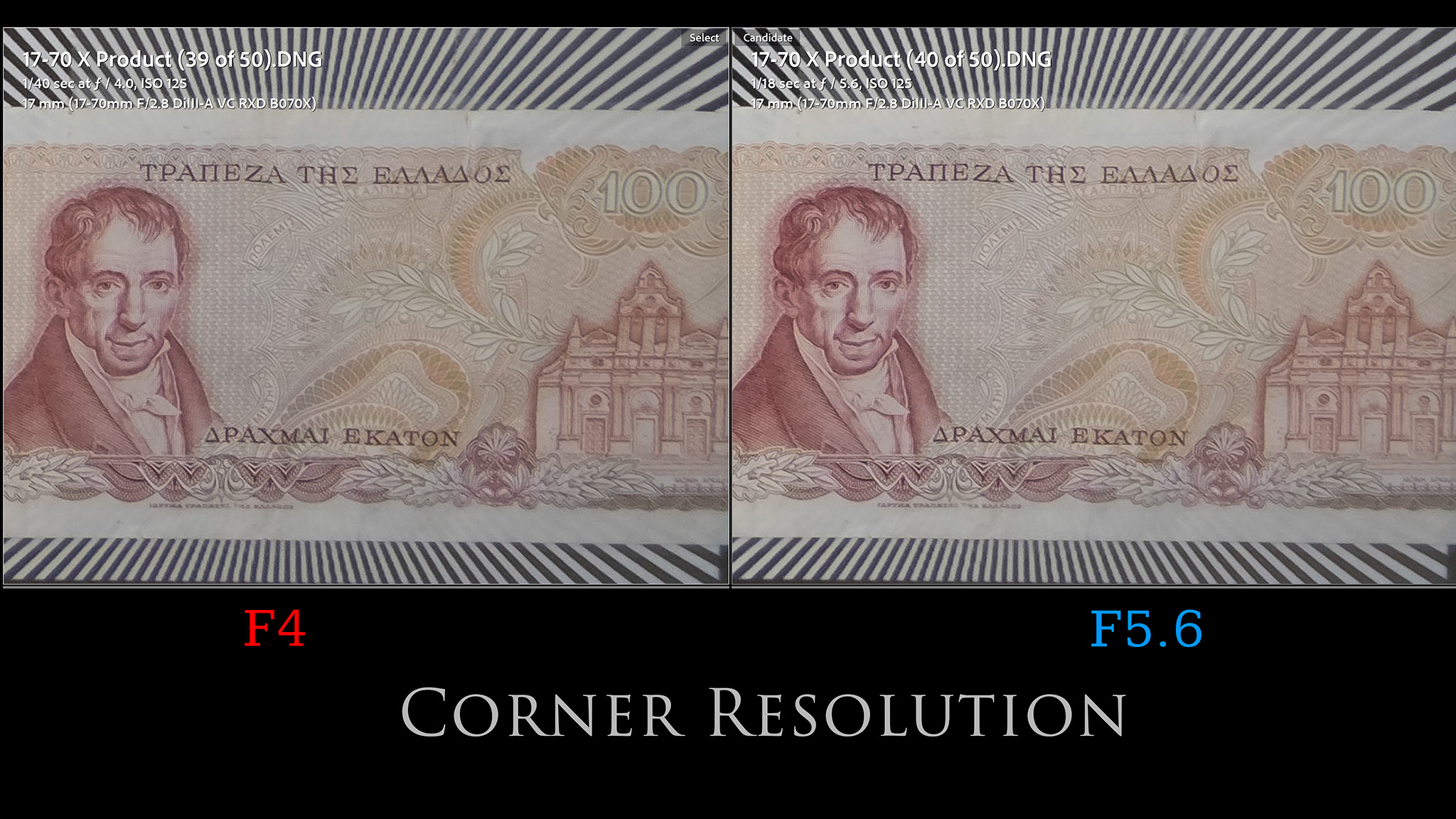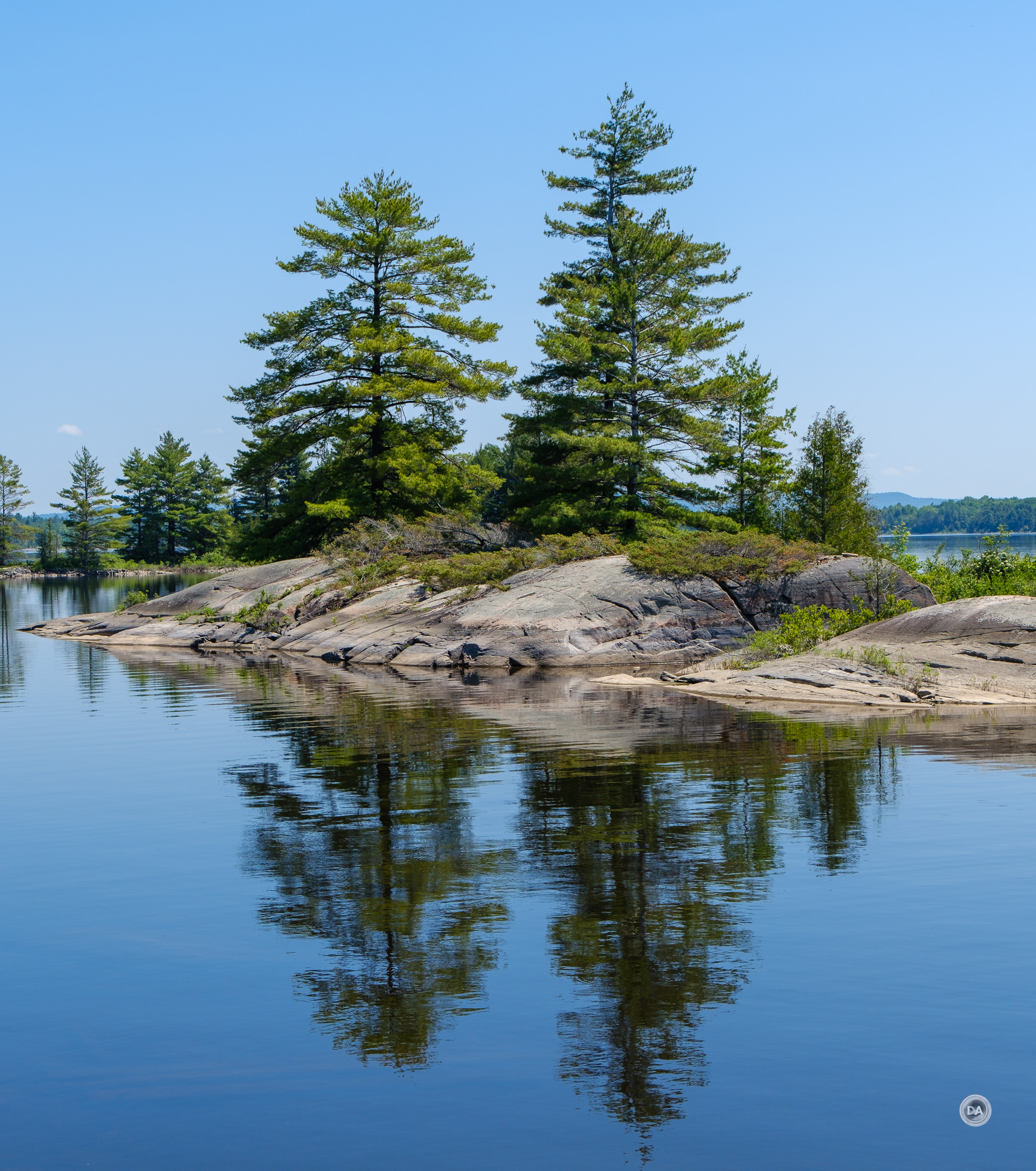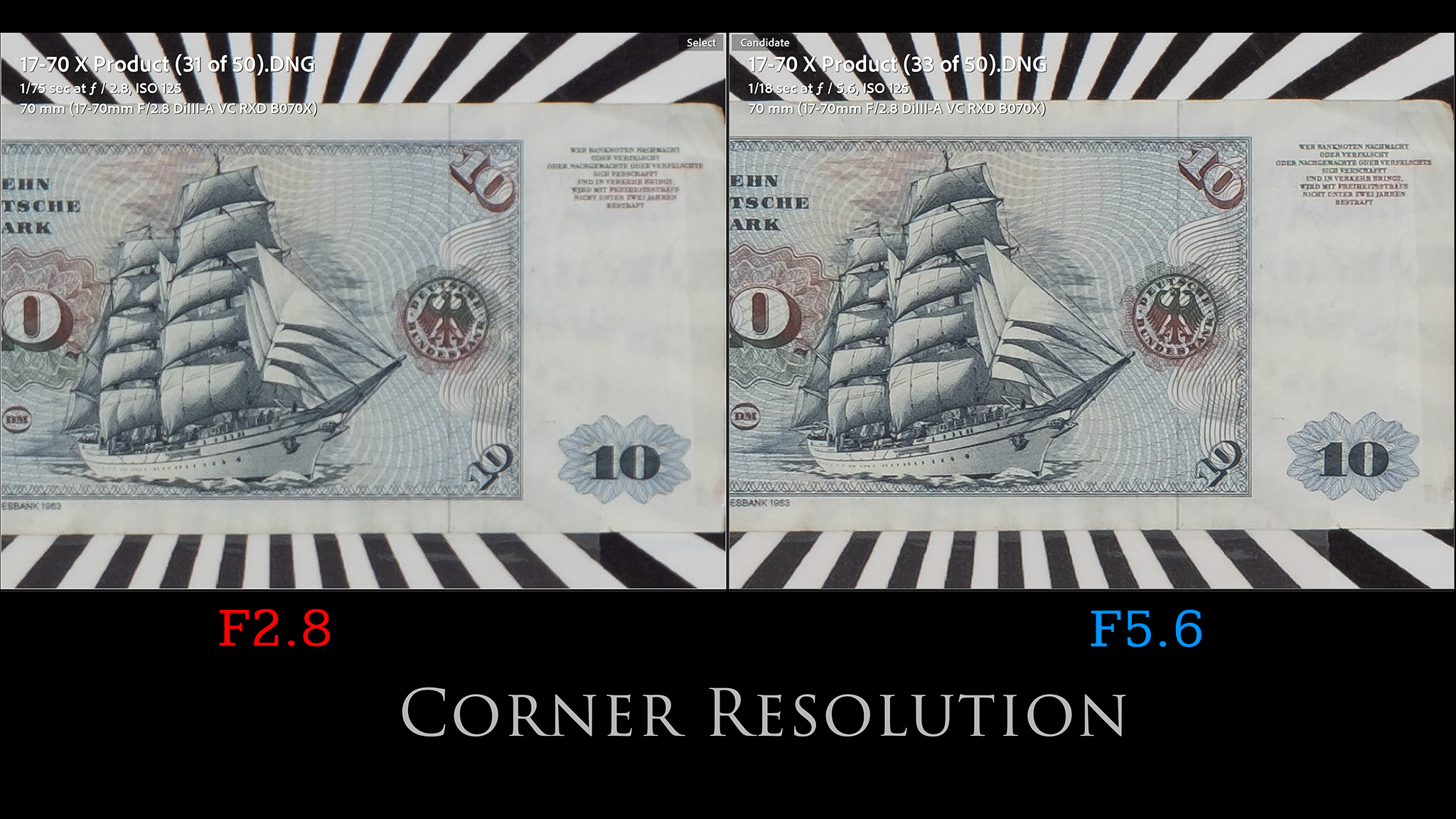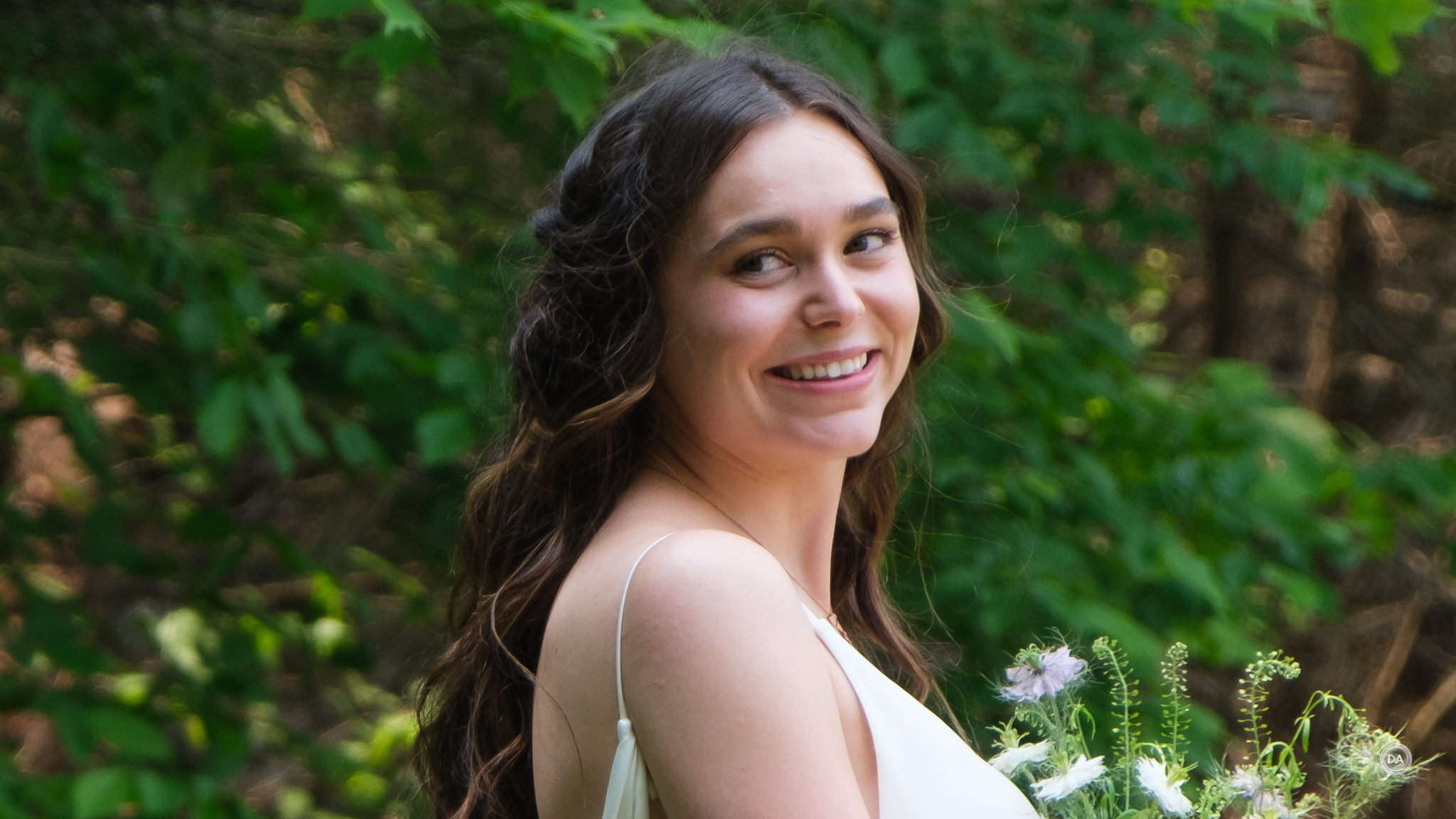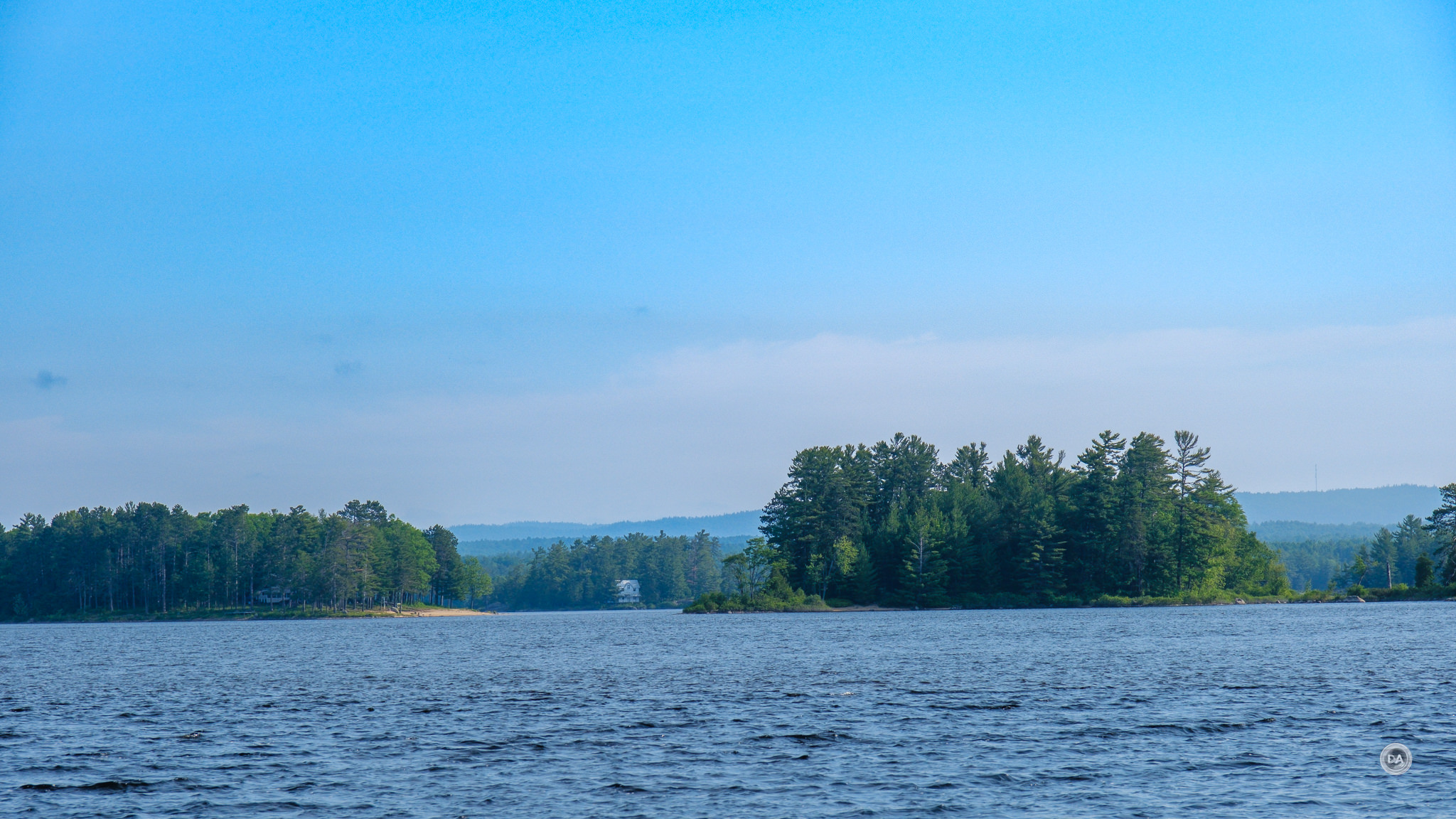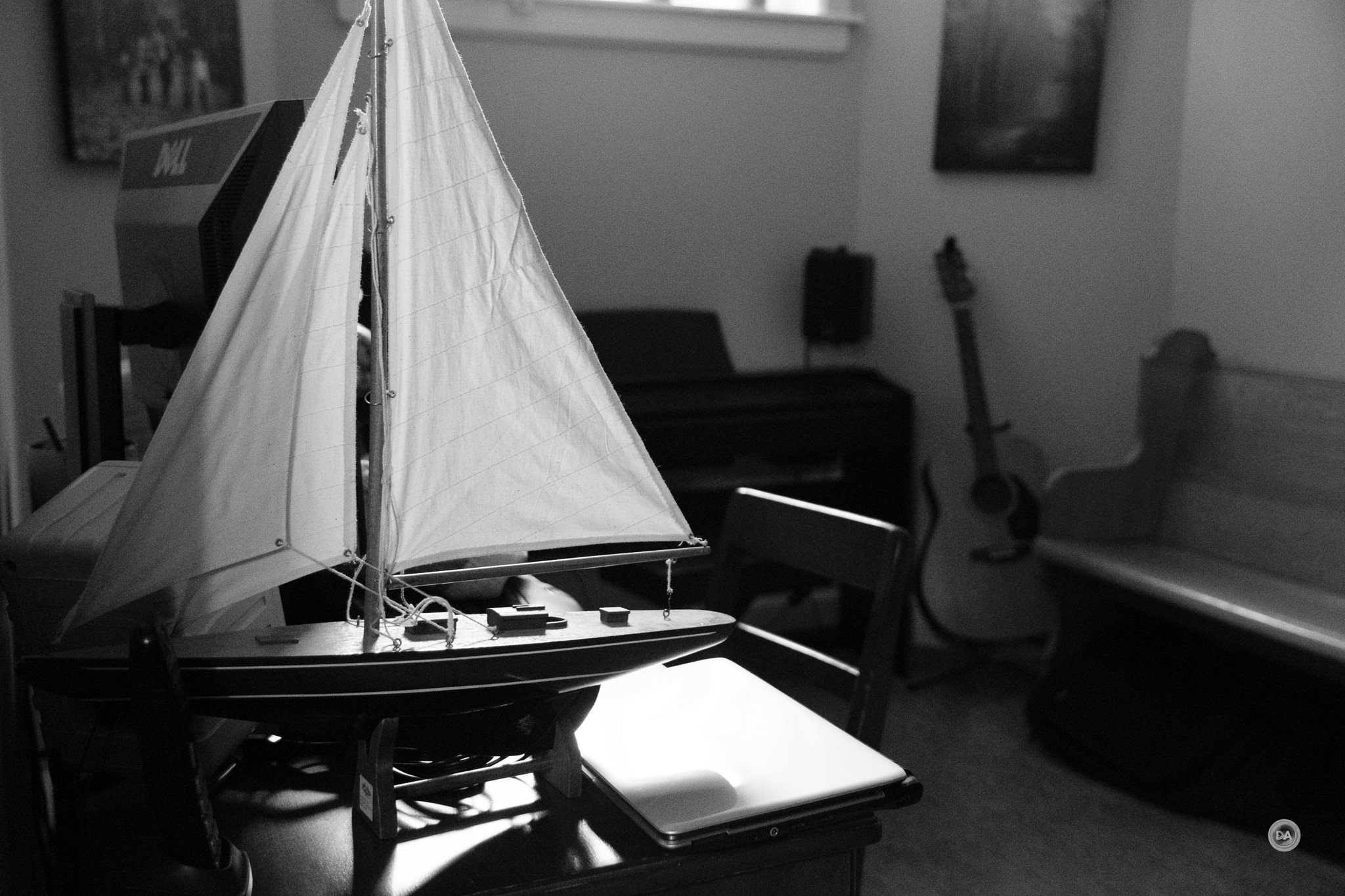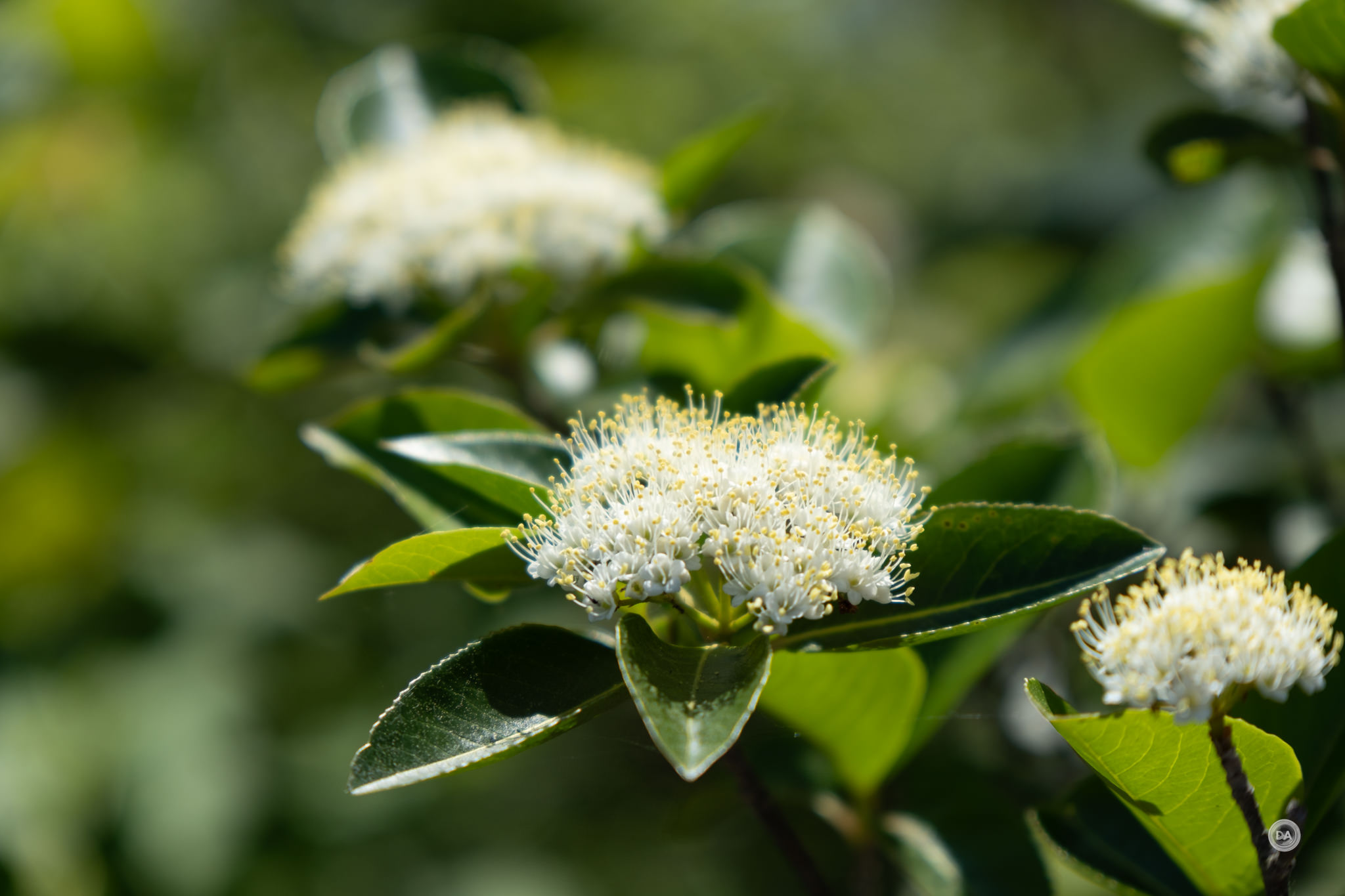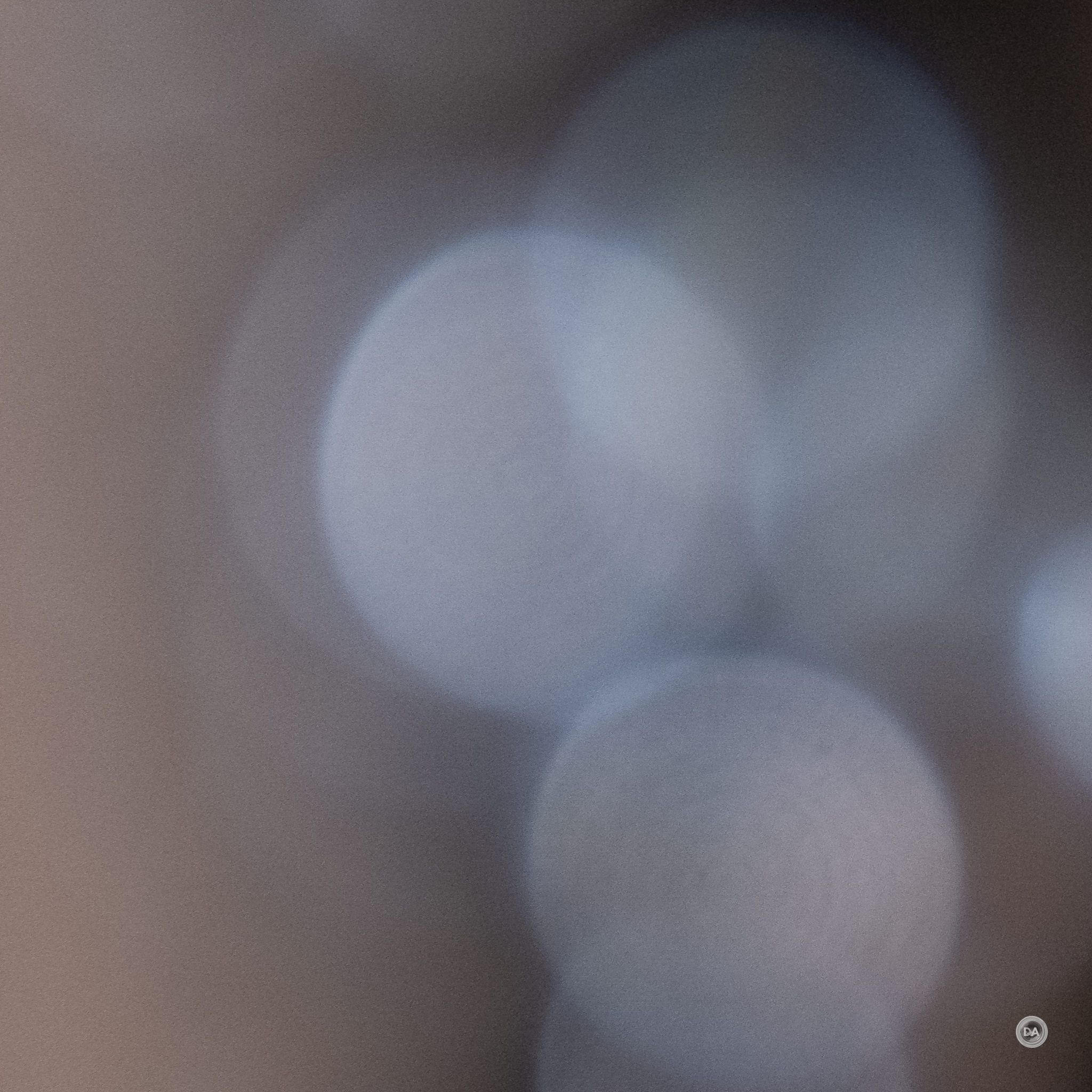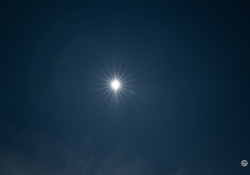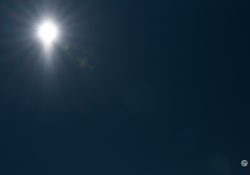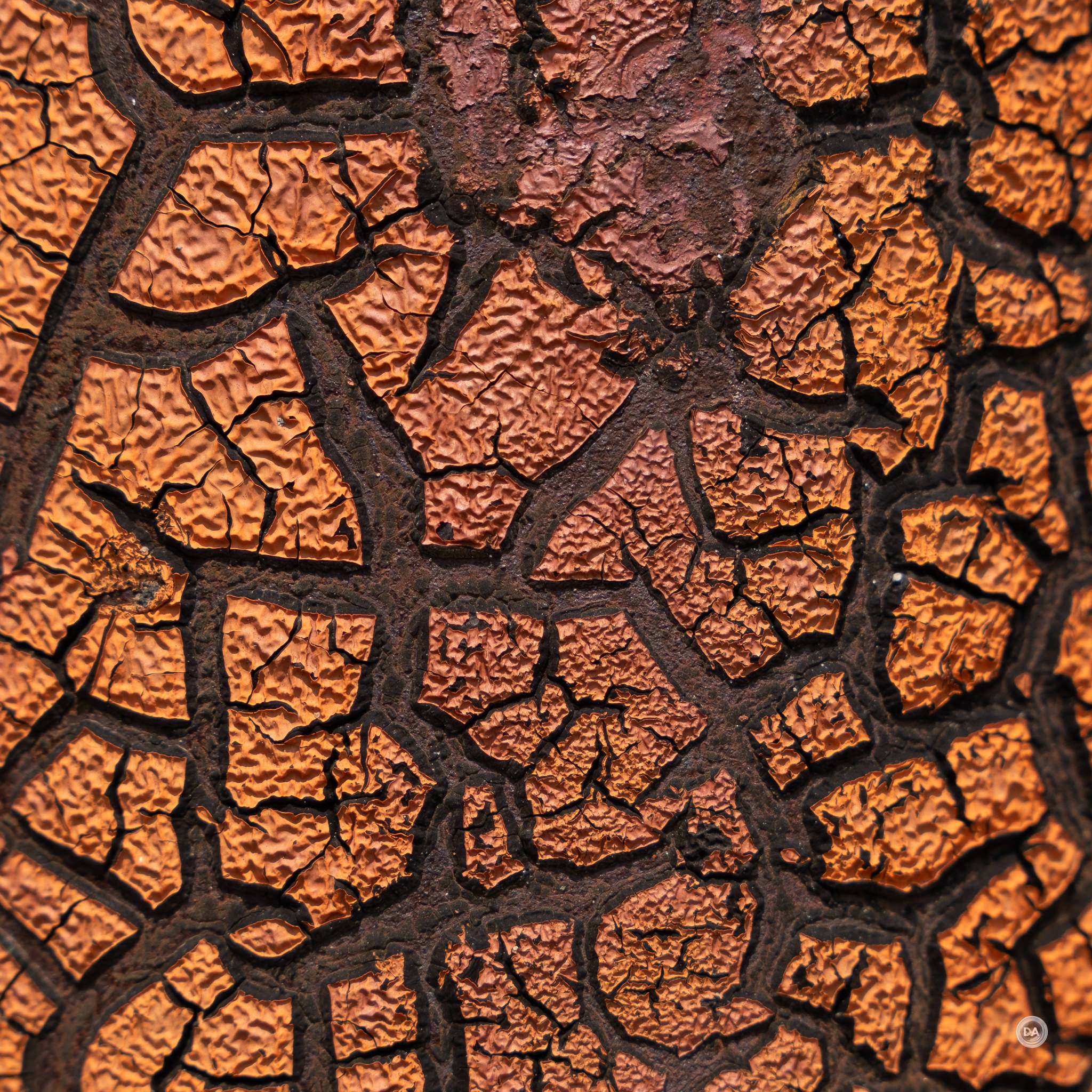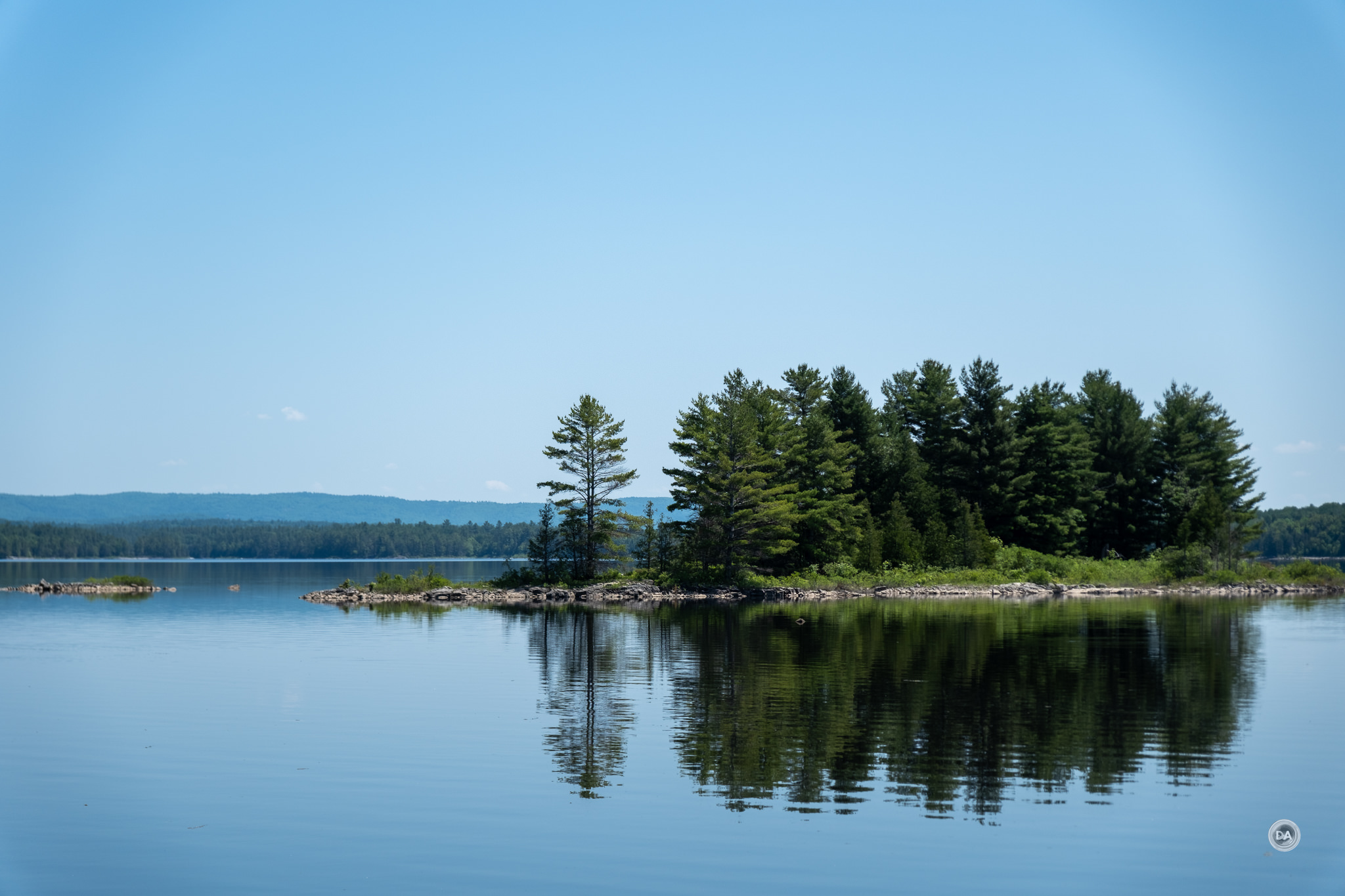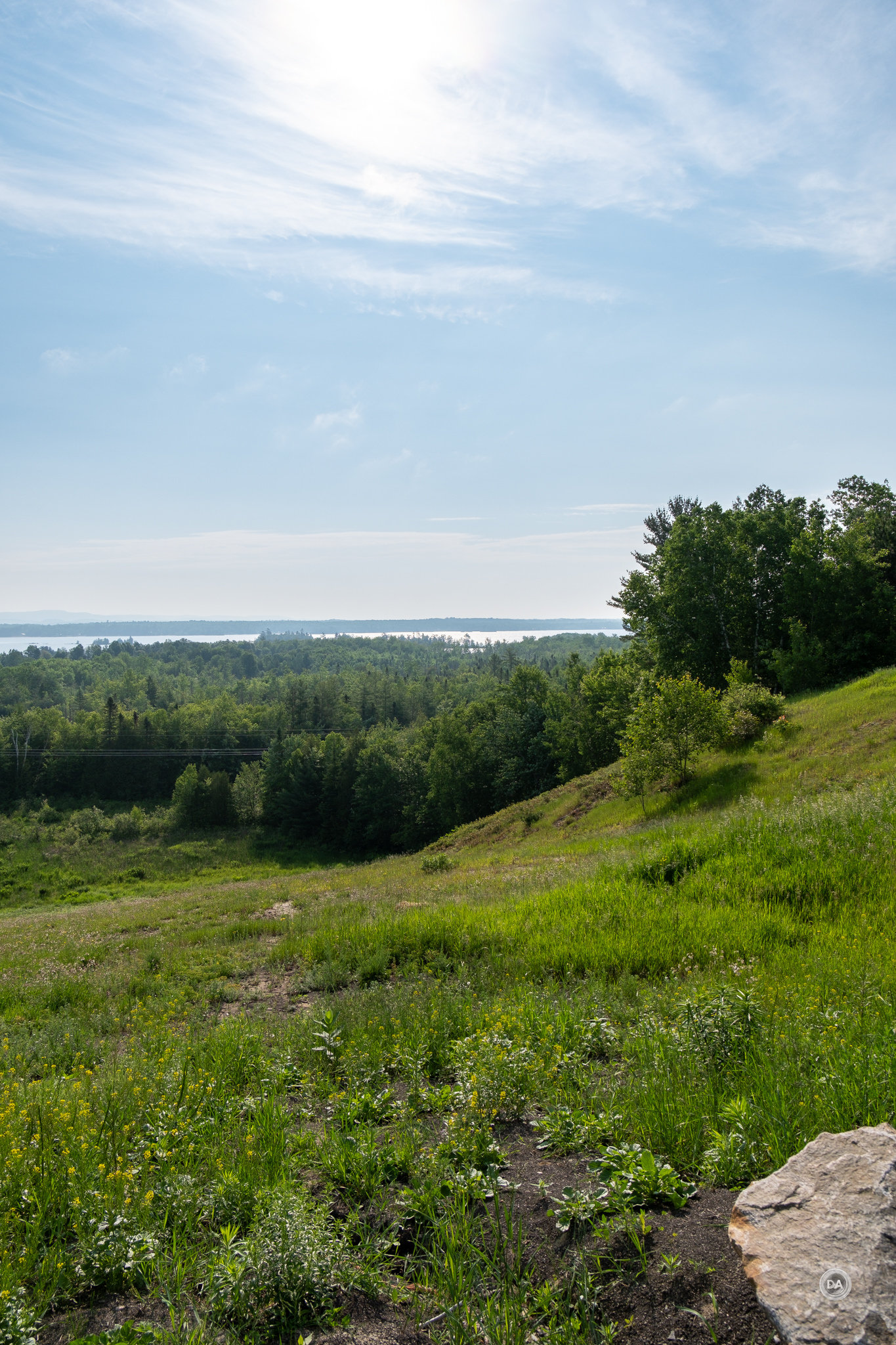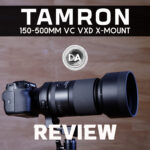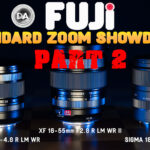In January 2021 I released my review of this lens for Sony E-mount cameras. At the time, no Tamron lenses were available on Fuji X-mount, and I spoke in my conclusion about how a lens like the Tamron 17-70mm F2.8 Di III-a VC RXD actually gave Sony an advantage – it’s the kind of lens I call a “system seller”. On paper it has pretty much everything: a great focal range (25.5-105mm full frame equivalent), a large maximum aperture through the zoom range (F2.8), optical stabilization (Vibration Compensation, or VC), and a fast focus system (RXD). But that advantage is no longer on Sony alone, as this was one of the first lenses to come to Fuji X-mount from Tamron once Fuji began opening up their platform to third party lenses. That’s an amazing focal range to have a constant aperture of F2.8 over, covering from this at 17mm:
…to this at 70mm:
It also is a great value. The current price at B&H Photo is $699 USD, which is a full $500 cheaper than the Fujinon XF 16-55mm F2.8 LM WR (my review here) or $200 less than the Fujinon XF 18-120mm F4 PZD (my review coming soon). The Tamron doesn’t perfectly align with either of those lenses, but they are the closest competitors I can point to on the platform. Sigma has also made their 18-50mm F2.8 DC available on Fuji X-mount (my review here), but the main reasons to consider the Sigma would be price ($549 USD) and compact size as the Tamron 17-70mm VC has the advantage in focal range, weather sealing, and also includes an optical stabilizer. I’ve been interested in revisiting some of these third party lenses on X-mount for two primary reasons: 1) to see how autofocus performs on a new platform and 2) to see how the lens’ optics survive the very pixel dense 40MP Fuji X-Trans sensor on some of their new cameras.
I found the 17-70mm VC a little big for the Sony a6400 body that I reviewed it on previously, but my Fujifilm X-H2 (my review here) is more like a full frame camera is size and the lens is a perfect fit on the X-H2.
Tamron loves its initials in their lens names, so let’s sort out that alphabet soup. Di III is their designation for a mirrorless lens design, and, in this case, the addition of -A at the (Di III-A) refers to their development for APS-C mirrorless. VC is Vibration Compensation, which is Tamron’s name for their proprietary OIS (image stabilization) system. It’s worth noting that neither of the Fuji alternatives (both of which cost more) come with built in stabilization. RXD refers to the focus motor, which is similar to the linear motors employed on many of Fuji’s better lenses. In short, this lens is pretty loaded with quality features under its skin even if there aren’t a lot of external features on the barrel.
So does the Tamron 17-70mm F2.8 VC RXD impress me as much on Fuji as it did on Sony? You can watch my conclusions in my video review, or just read on to find out…
Follow Me @ YouTube | Patreon | Instagram | Facebook | DA Merchandise | Flickr | 500px
Thanks to Tamron USA for sending me an loaner of the lens. As always, this is a completely independent review. I have used both my personal Fujifilm X-H2 (my review here) and a loaner of the X-S20 (my review here) for this review.
Tamron 17-70mm VC Build, Handling, and Features
As noted, the Tamron 17-70mm VC is more like a full frame sized lens. You can’t make this large of a zoom range (4.11x zoom ratio) with this large of a constant maximum aperture (F2.8) without making a larger lens even when designing for the smaller APS-C sensor. The lens is 74.6mm (2.9″) in diameter (about average), but is fairly long at 119.3mm (4.7″). Like most of Tamron’s mirrorless lenses the 17-70mm VC has a 67mm front filter thread. That makes the Tamron longer than the XF 16-55mm F2.8 (106mm), though that lens is considerably wider (83.3mm) and weighs more at 655mm. The 17-70mm F2.8 is 525 grams (1.2 lb). Here’s a look at how the specs break down:
The lens extends an additional 27mm when zoomed to 70mm, so when zoomed out and and the hood attached, this is not a small lens:
So not small, but it’s worth noting that the weight is light enough that the lens balances fine on most Fuji bodies, though it will obviously be a better match for the larger X-T or X-H bodies.
That bright maximum aperture of F2.8 helps the versatility of this lens, as it makes it more useful in lower light conditions or as an event/wedding zoom. While the depth of field is more equivalent to a full frame F4 lens, the F2.8 aperture will always have the light gathering capability of an F2.8 lens (regardless of whether attached to APS-C or Full Frame), meaning that the shutter speed of an F2.8 lens on APS-C would be the same as the shutter speed under identical conditions of an F2.8 lens on a full frame camera.
As has been Tamron’s design philosophy thus far, the design language is clean, modern, and without distractions. That’s the nice way of putting it. The glass half empty approach is to note that there are no features on the outside of the lens. No AF/MF switch, no aperture ring – just the zoom and focus rings. Aperture rings were rare on Sony in the past, but the aperture ring has been a very common design element on Fuji. It is also rare, in my experience, for a lens equipped with an optical stabilizer to not have an ON/OFF switch for it mounted on the barrel.
All we have on the barrel is the two rings. The position of the two rings on the 17-70mm is reversed relative to the 11-20mm, which is unfortunate for those who will buy both lenses to use as a kit. The closer (and narrower) of the two is the manual focus ring. You will have to select manual focus from within the camera, though this is common on Fuji cameras and is fairly simple if you have a body that has the Focus Mode lever or button on the front. This (like all mirrorless lenses) is focus-by-wire, meaning that focus input on the focus ring is routed through the focus motor to move the elements. Manual focus feel is fairly light and without a lot of tactile feedback. Typical manual focus aids are all available, as Tamron lenses on Fuji function largely like native lenses.
The zoom ring is close to the front of the camera. It is fairly wide and has a rubberized, ribbed texture. It moves smoothly through the zoom range without any sticking points. The inner barrel will extend about 27cm at the 70mm position, and is fully retracted at the 17mm position. The inner barrel extends smoothly and without any wobble.
Tamron has included a shallow, petal-shaped lens hood with deep ribs inside that disrupt stray light bouncing around. It’s plastic and lightweight, but the quality of the plastics is apparent by feel. It doesn’t feel as cheap as some hoods that I see. It feels like it could take a few bumps without cracking (in fact my test copy and X-H2 came off my tripod while shooting some tests. It fell a couple of feet to the carpeted floor, landing on the lens hood. No harm, no foul, though to be safe I’ll be having Tamron check out the lens to make sure that it remained properly centered). All of the product shots were taken post-fall, so you can see that the lens weathered that bump well.
The lens’ housing is a nice grade of engineered plastics with a satin finish. There’s a platinum-colored accept ring right near the lens mount. Nothing fancy on the outside, but the lens “look” is clean and it looks nice mounted on the camera.
As noted, however, the good stuff is inside. There’s a rubber gasket at the lens mount that is the outer evidence of the weather sealing inside, and this is diagram from Tamron shows that there are a total of seven seal points in the lens. This is capped off by a nice fluorine coating on the front element, which not only helps protect it from scratches but also makes it water and fingerprint resistant and thus easier to clean.
Tamron’s recent trends regarding MFD (minimum focus distance) hold true here, as the lens sports two different MFDs for wide (0.19m/7.5″) and telephoto (0.39m/15.5″). You can get to nearly 0.21x magnification on the wide end and right over 0.19x on the telephoto end. I find the figure on the wide end less useful, however, as you have to get to within only 6-7cm of your subject to achieve that magnification, meaning that there is a STRONG chance of shading your subject with the lens. Distortion and field curvature is also exaggerated that close, leaving only a small “sweet spot” where focus is achieved. Here’s a look at the MFD at 17mm, then 70mm, and then the result at 17mm:
You can see that the field curvature is exaggerated up close. The magnification is a little lower at 70mm, but it’s a little easier to get:
Unfortunately image quality isn’t quite as strong up close at 70mm, but I still found close up images looked quite nice:
We’ve got a nine bladed aperture that prioritizes keeping things circular. Here’s a look at the bokeh geometry from F2.8 – F5.6:
The geometry looks pretty good, with fairly consistently circular shapes across the frame. Despite the rounded aperture iris the lens manages to produce a nice sunstar effect at 17mm when stopped down:
The inclusion of IBIS (In-Body-Image-Stabilization) has become much more common in Fuji cameras in the past three years, but that doesn’t change the fact that there are still a lot of Fuji cameras without IBIS. That makes the inclusion of Tamron’s VC (Vibration Compensation) important for stills, yes, but even more so for getting stable handheld video footage. Because I tested the lens on two cameras with IBIS (X-H2 and X-S20), I can’t turn either of the stabilization systems off independently, so I can’t really tell what the VC is doing and what IBIS is doing. I was able to handhold 70mm at shutter speeds of 1/4th of a second and get stable results:
I also had a nicely stable platform for video. Walking with the camera still doesn’t have anything like the smoothness of a gimbal, but it was better than what I’ve seen in many other such situations. If you don’t have a camera with IBIS, however, the stabilization of the 17-70mm VC could be a game changer for you.
The Tamron 17-70mm RXD lacks an aperture ring, and the exterior finish doesn’t come across as premium as Fuji’s own nicer lenses, but there are a lot of positives here as well. Stabilization, weather sealing, close focus performance – these are all very important in real world situations.
Autofocus and Video Performance
The Tamron 17-70mm F2.8 has Tamron’s excellent Rapid eXtra-silent stepping Drive (RXD).
In design, it looks like the linear motors designed by Fuji or Sony. I’ve been interested to see how the RXD works on Fuji (I’ve previously tested on Sony). Like the 11-20mm F2.8 that I tested first, I found that the RXD motor is pretty much flawless for stills, with fast, quiet focus on either the X-H2 or X-S20 bodies that I used for the review.
This is a far cry from some of the older Fuji lenses I’ve used, with noisy focus motors that were slow and rough. Quality of focus is more akin to the newest Linear Motor equipped lenses. I never really heard the focus motor, and focus accuracy was excellent even in less than ideal light (this is a 1/35th of a second shot, ISO 1600, F2.8):
Eye AF detection for people shots were generally excellent. I attended the wedding of a friend (not in a official capacity), but supplemented their photos with my own. I used the X-H2 and 17-70mm F2.8 for the “people photos”, and I got well focused results across the many images I took:
This certainly would work as a great lens to have mounted on at least one body for shooting weddings, giving you the ability to cover from wide to telephoto with an F2.8 aperture and accurate autofocus.
I also got accurately focused results of Nala as she stalked through the tall grasses.
I also used the “Insect Detection” mode and tracked some bee action at my hive.
I also had zero problems with smaller apertures and shooting landscapes. I got a lot of beautiful landscape shots with the lens and didn’t have any issue with pulsing or hunting at smaller apertures.
Here’s another:
I have no complaints for stills. Focus was fast, quiet, and accurate.
Video focus pulls were less stellar, however, which follows a trend that I’ve seen with Tamron lenses on Fuji thus far. There is some visible stepping in the actual pulls; the initial focus move, a split second pause, and then the final adjustment. I didn’t see any of this on the Sony version of the lens, so it is probably more of a Fuji problem in general, as I do tend to see more stepping on Fuji than other platforms.
There is a moderate amount of focus breathing. The results from my “hand test” were a little better, as the focus changes are smaller, but I still saw a bit of stepping. More subtle focus transitions during video capture were relatively smooth, but did show some steps. I’m hoping this is something that can improved either through firmware updates to the camera or lens in the future.
So, for stills I can give an unreserved “thumbs up”, but would encourage a little caution if your video style includes big autofocus pulls.
Tamron 17-70mm VC Image Quality
The 17-70mm F2.8 VC sports an optical formula of 16 elements in 12 groups, with 5 of those being exotic elements (molded glass aspherical, hybrid aspherical, and Low Dispersion). Here’s a look at the optical design and MTFs:
If you understand MTF diagrams, you will note that these are very good looking MTFs for a standard zoom…particularly one with an extra-large zoom range. 17mm shows a very consistent performance across the frame, with 70mm presenting as sharper in the center but a little weaker in the corner. The transition to the 40MP sensor of Fujifilm X-H2 is a brutal one, however, as that is more pixels packed onto a sensor this size than ever before. All of the flaws will be apparent here.
Here’s a look at the vignette and distortion at 17mm:
When I reviewed the Tamron 11-20mm, I was surprised to see considerably more vignetting on the Fuji version than I had on the Sony version. I thought it was some kind of testing fluke at the time, but I’m seeing the same here, so this is an obvious trend. The optical design is the same as the Sony version, so I must surmise that the additional vignette has to do with Fuji. X-mount is several millimeters smaller in diameter than the Sony E-mount, so it is possible that there is some additional vignetting for the simple reason that the original design is for a larger mount and the transition to a smaller mount is introducing more vignette.
Or I’m completely wrong.
What I do know is that I saw about two stops of vignette at 17mm on the Sony version, and I see closer to 4 stops here (I had to max out the correction slider and you can still see a little darkness in the extreme corners). I had a similar jump on the Tamron 11-20mm. There is also some barrel distortion that isn’t quite linear in correcting (a slight wave pattern). The amount of distortion isn’t huge, however, and I used a +6 to correct it. Tamron seems to enjoy full in-camera correction support on Fuji, so use the standard profile in camera for JPEGs and Video for a cleaner still result. As always, RAW images will require using the correction profile, which does in fact do a cleaner job in correcting the distortion than my manual correction.
As is typical for a lens like this, the distortion pattern flips to a pincushion style distortion on the telephoto, though this distortion is even more linear and easier still to correct for. Vignette was also lower.
I used a -9 to correct the distortion and a +70 to correct the vignette. There’s nothing that is a dealbreaker here due to good corrections.
The 17-70mm VC does suffer from some longitudinal chromatic aberrations that show up as fringing before and after the plane of focus. This will rob the lens of some contrast. Fringing is more obvious on very high resolution bodies because the fringing occupies more pixels thus becomes more obvious when viewed at 100%. If you aren’t zooming into the image it won’t be more obvious, however.
You can see it in the out of focus region, though its not obvious or ruining the image.
I could see trace amounts of lateral chromatic aberrations on my chart (fringing in dark to light transitions near the edge of the frame) if I magnified to 200%, they were too insignificant to see in real world use, and a one click correction either in camera in (for RAWs) in software will clean those up nicely:
Let’s move on to resolution and contrast. I do my examinations at 200% magnification, as this clearly shows lens strengths and flaws for you to see. This is an extreme torture test, exaggerating strengths and weaknesses. The good news is that real world results always look a little better (mostly because you don’t view them at 200%!)
A note on sharpening: Adobe Lightroom (my home base for cataloging, testing, and displaying images) doesn’t always play well with Fuji X-Trans sensors. They are fairly notorious for looking “wormy” when applying sharpness, and thus require a deft touch to produce good results. Using Adobe’s “Enhance” option helps, though at the cost of tripling the stored file size (files are typically north of 150MB). I have worked hard to develop a sharpness preset for my X-H2 images that sharpens using a different technique than I typically use for my other cameras. By utilizing both techniques I can produce a demonstrably better result, though at the cost of additional work and storage size. I don’t do this for all images, but I will for the main test subjects below.
First, here’s my test chart:
We will start with F2.8 crops (near 200%) at 17mm from the center, mid-frame, and extreme lower right corner. Stopping down to F5.6 further improves contrast a bit as aberrations clear up.
We can see a fairly consistent performance across the frame (as suggested by the MTF), with good sharpness in the center of the frame, mid-frame, and only a mild drop in the corners. Contrast isn’t off the charts, and that is in part because of the challenge of performing on a much higher resolution sensor than the last time I tested the lens. That’s the challenge of such a high resolution sensor on APS-C, though it’s not quite so dire in the real world. I compare results at 200% here. Out in the real world at a more typical 100% magnification things look better…even when shooting a landscape at F2.8:
Stopping down to F4 produces little difference in the center or mid-frame, but I did see some improvement in the outer third of the image frame. Stopping on down to F5.6 increases contrast a bit more, and image quality is quite strong across the frame even on this high resolution beast:
Real world results at F5.6 are very nice with nice contrast and detail across the frame.
At 24mm I found resolution and contrast just a little bit higher all across the frame. Contrast in particular is noticeably better.
Contrast and detail edge up very slightly at 35mm, and real world results look nice:
I really love this image of an unscripted moment with the bride and groom.
There is a tiny regression at 50mm with contrast dropping a bit, though the difference would be hard to spot without having the images side by side. Contrast improves again by F4 and F5.6. Here’s an F2.8 shot:
That trend continues at 70mm, where the results are noticeably softer on the copy I tested. That leaves more room for improved image quality when stopping the lens down, and there’s a much bigger difference between F2.8 and F5.6 than at other focal lengths.
That slightly reduced contrast look can have a flattering effect for portraits, however.
Stopped down to smaller apertures and the lens produces detailed images at 70mm:
In my Sony review I was very impressed by the sharpness of the lens and less impressed by the bokeh, but on this high resolution body my opinion is slightly different. I’m less blown away by the sharpness but find the bokeh quality better than I remembered. This image shows a very soft profile on the bokeh.
I shot this high ISO image on the lower resolution X-S20 at 24mm, and while the background isn’t strongly blurred out, the transition to defocus looks fairly good.
Here’s one more that looks fairly nice.
The one negative that remains true is that if there are bright specular highlights in the image (like Christmas lights), you will see some concentric circles in the “bokeh balls”. That’s obviously not a desirable trait.
Flare resistance is quite good. Tamron utilized their premium BBAR lens coatings here, which tend to be extremely effective in resisting flare artifacts. In this sequence of photos you can see flare resistance at 17mm (at F11), then at 70mm F11 (the worst result I could find), followed by a real world shot with the sun right at the edge of the frame.
Even doing video pans across the sun produced very little negative effects.
While I didn’t have a chance to test coma on Fuji due to forest fires negatively impacting our air this summer, I did test it on Sony. “Coma performance is quite good, with night sky images looking clean other than a bit of “star-stretching” in the corners.”
For the money you certainly aren’t going to beat this image quality in a standard zoom on Fuji. It’s a full $500 cheaper than the closest competitor – the Fuji XF 16-55mm F2.8. I think the Fuji delivers slightly richer colors, but outside of that, the Tamron is very competitive, and I would definitely take it over a lens like the XF 16-80mm F4 in terms of sharpness. At the least, the Tamron brings intriguing new option to the Fuji X platform with a bigger zoom range than some and a larger aperture than others. There’s a lot of good optically, and little major issues. You can check out more photos by visiting the image gallery page here.
Conclusion
The Tamron 17-70mm F2.8 Di III-A VC RXD is a welcome addition to the Fuji X-mount standard zoom options. In most other cases you have to choose between maximum aperture (16-80mm F4 or 18-120mm F4) or lack of stabilization (16-55mm F2.8), but with the Tamron you get both the larger maximum aperture along with the optical stabilization. It has a very compelling zoom range that covers a lot of subjects, and the close focus abilities and good magnification are also useful.
This is the kind of lens that you can pretty much glue onto your camera and use it for everyday photography, travel, and more. It can handle most subjects, and that constant maximum aperture of F2.8 is obviously going to be useful when going into lower light situations.
The price point in the US is $699 USD, currently, and it is a lot of lens for the money. The Tamron 17-70mm VC should definitely be on your list if you’re looking for a fast standard zoom and can’t afford the premium 16-55mm F2.8. Fuji opening up its platform to lenses like this is a huge plus for consumers like us…and expect Fuji’s next standard zoom to be all the better for the competition!
Pros:
- Great zoom range
- Maintains F2.8 aperture
- Good build with weather sealing
- Fast, quiet, and accurate autofocus
- Good image stabilization (VC)
- Consistently good optics
- Good flare resistance
- Excellent price
Cons:
- Concentric rings in bokeh highlights (onion bokeh)
- No switches or aperture ring
- Some stepping during video focus transitions
- Stronger vignette on Fuji than on Sony
Gear Used:
Purchase the Tamron 17-70mm F2.8 RXD @ B&H Photo | Adorama | Amazon | Camera Canada | Amazon Canada | Amazon UK | Amazon Germany
Purchase the Tamron 11-20mm F2.8 RXD @ B&H Photo | Adorama | Amazon | Camera Canada | Amazon Canada | Amazon UK | Amazon Germany
Purchase the Fujifilm X-S20 @ B&H Photo | Adorama | Amazon | Camera Canada | Amazon Canada | Amazon UK | Amazon Germany | Ebay
Purchase the Fujifilm X-H2 @ B&H Photo | Adorama | Amazon | Camera Canada | Amazon Canada | Amazon UK | Amazon Germany
Purchase the Fujifilm X-T5 @ B&H Photo | Amazon | Camera Canada | Amazon Canada | Amazon UK | Find it Used at KEH
Want to support this channel? Use these affiliate links to shop at: B&H Photo | Amazon | Adorama | Camera Canada | Amazon Canada | Amazon UK | Ebay | Make a donation via Paypal
Buy DA Merchandise https://bit.ly/TWIMerch
Keywords: Tamron 17-70mm F2.8 RXD, withmytamron, X-Mount, X, Fuji, Fujifilm, X-H2, weather sealing, B060, Tamron 17-70 RXD, RXD, VC, Tamron 17-70mm F2.8 VC VXD, F2.8, 17-70mm, Di-IIIa, Sony, E-mount, Tamron 17-70mm Review, Tamron 17-70 review, Review, Hands On, Dustin Abbott, Real World, Comparison, Sharpness, Autofocus, Image Quality, Sample Images, Video, Photography, Astrophotography, #letthelightin, #DA, #weather sealing

